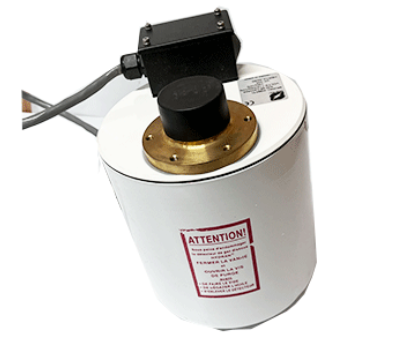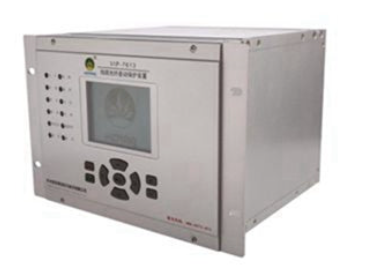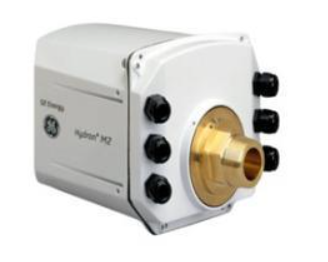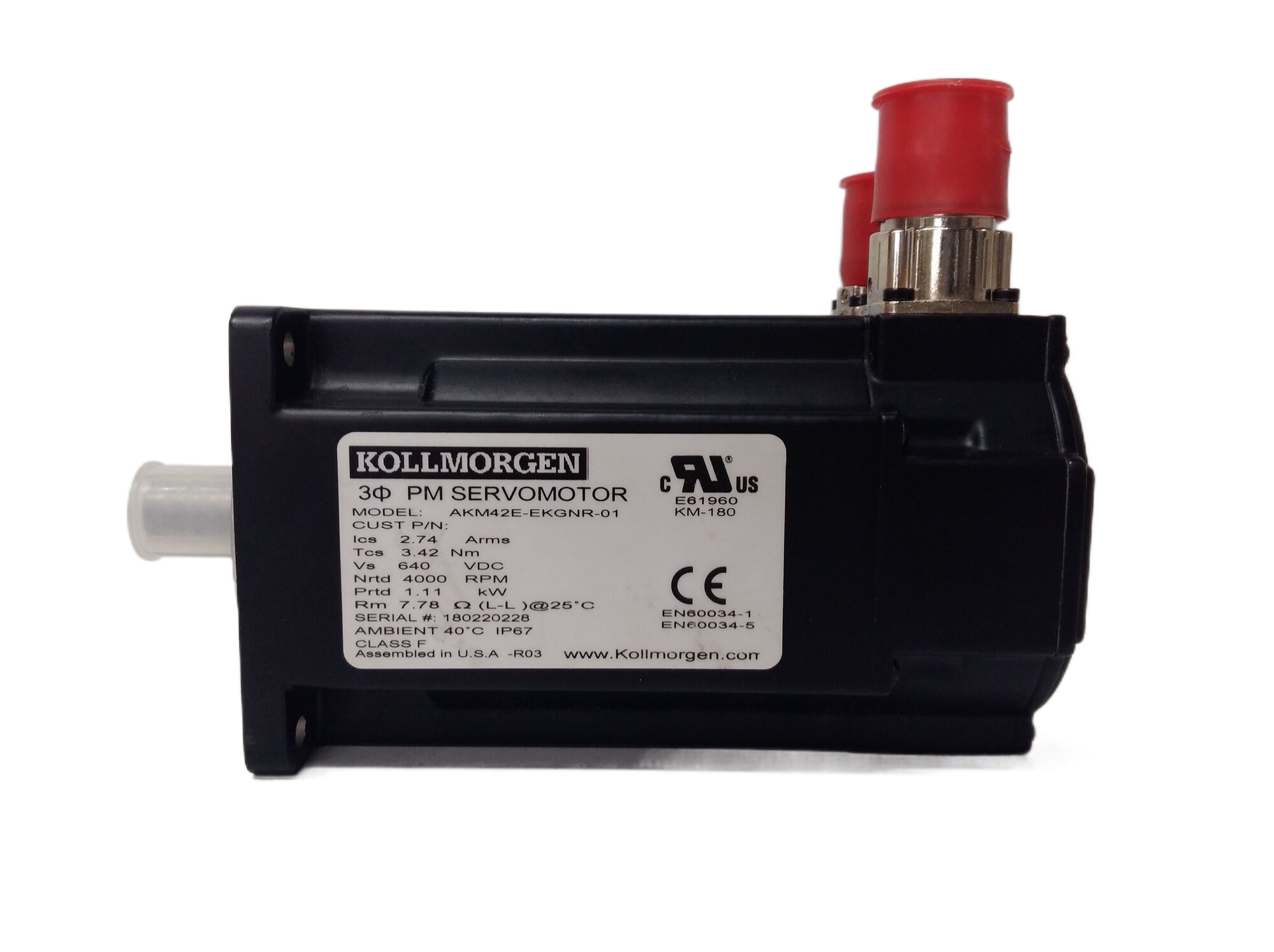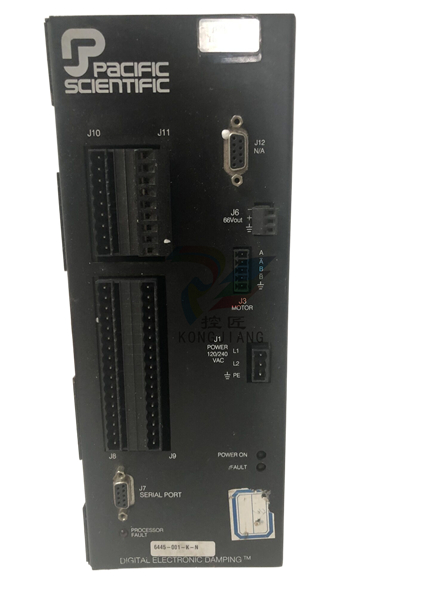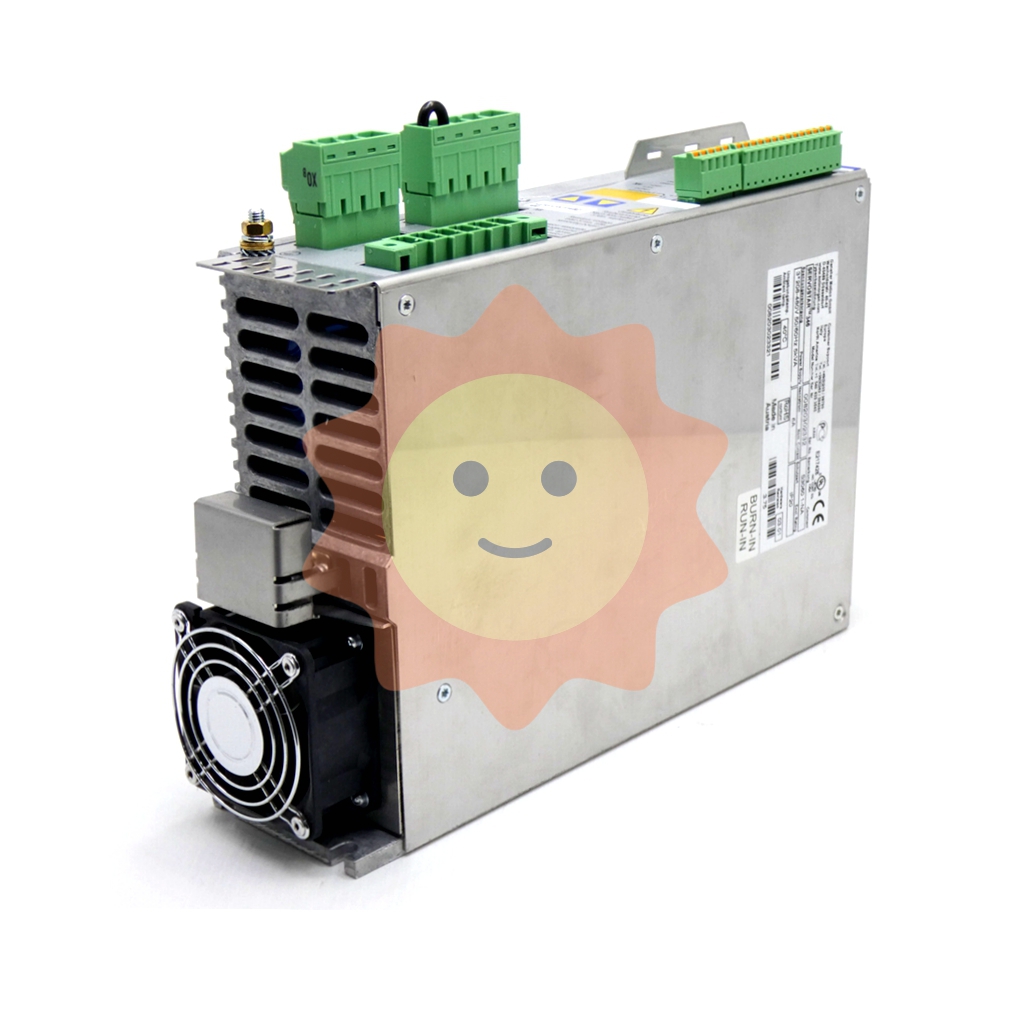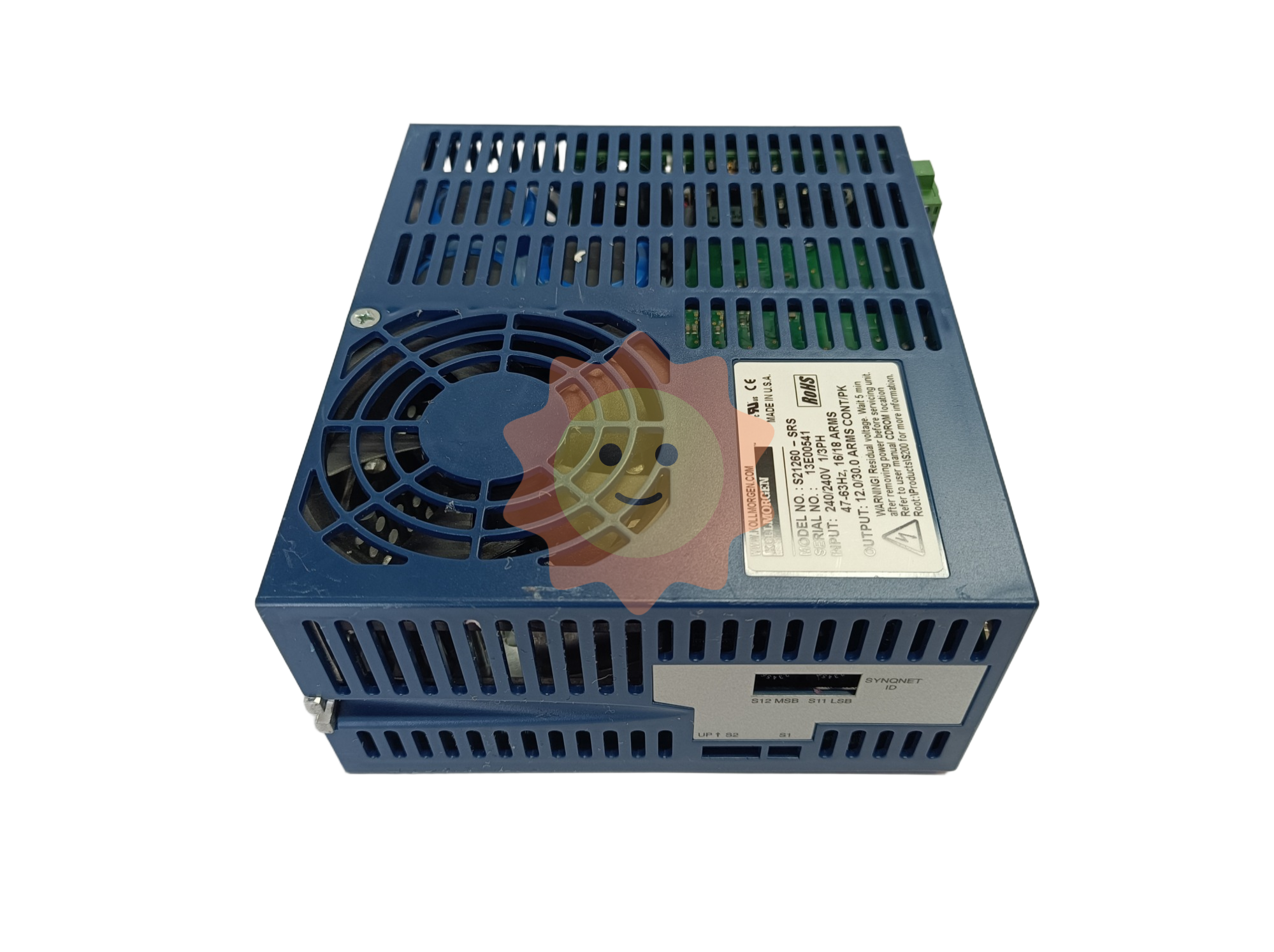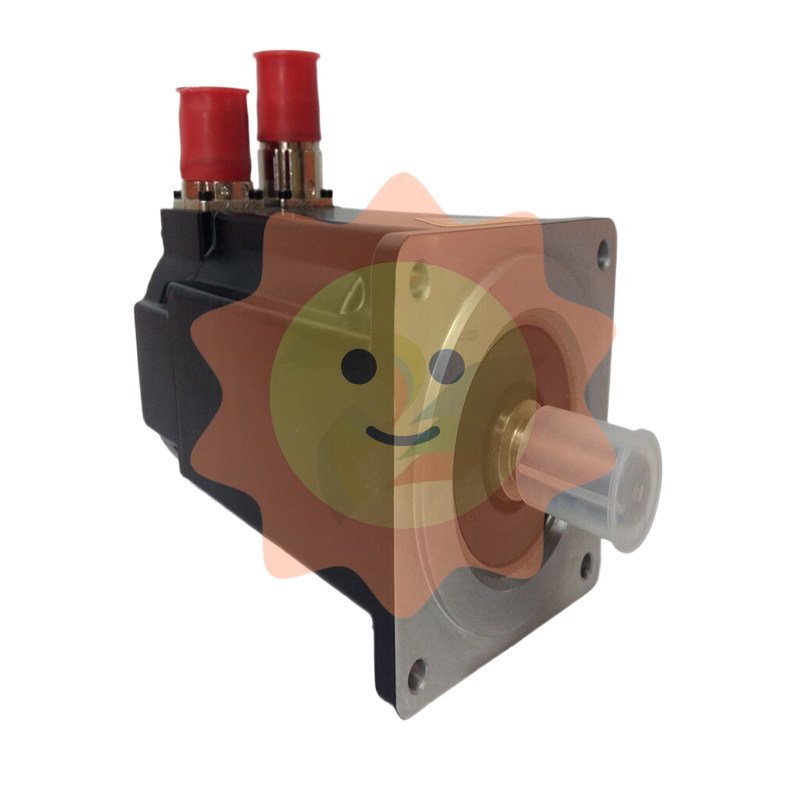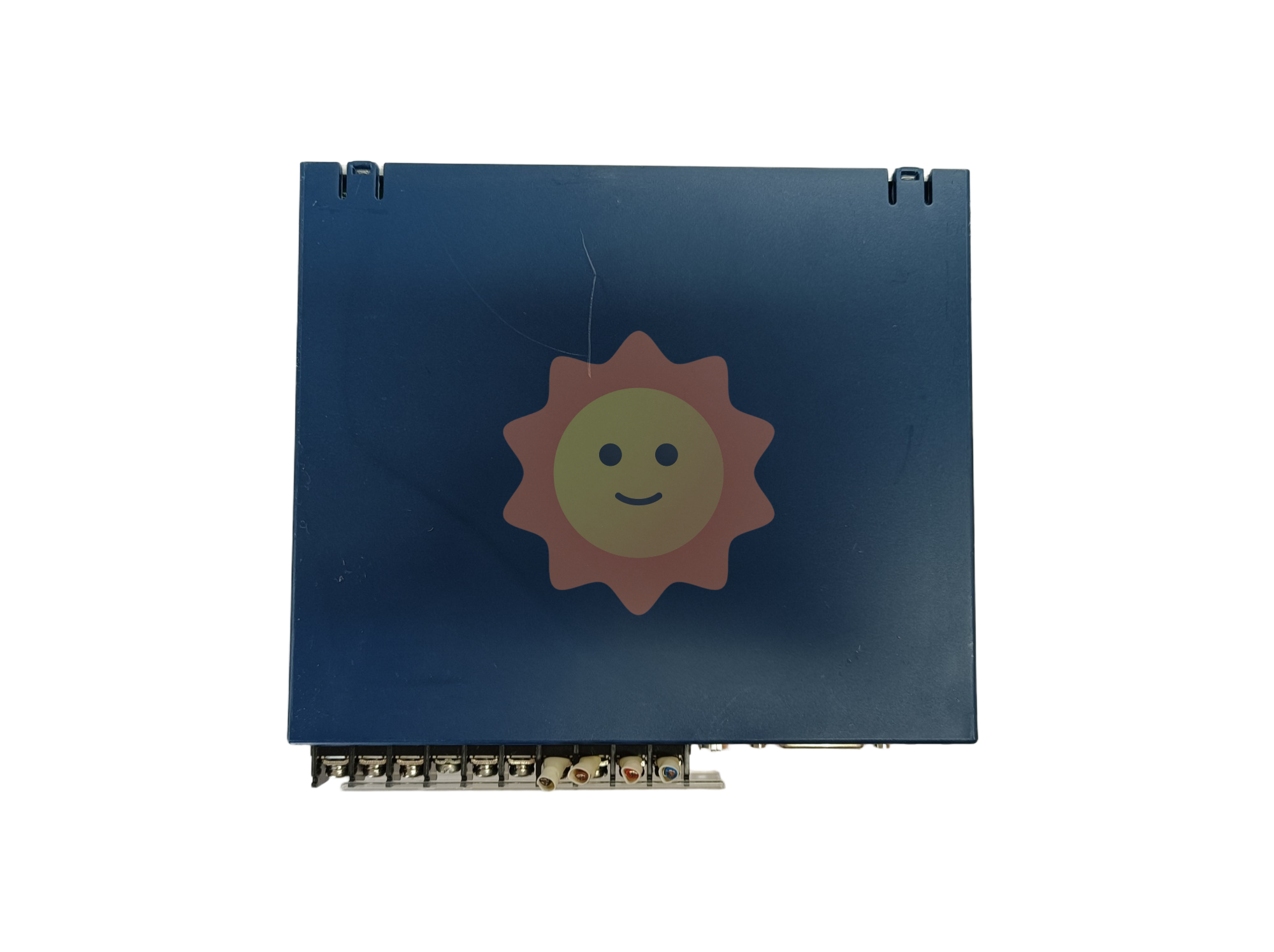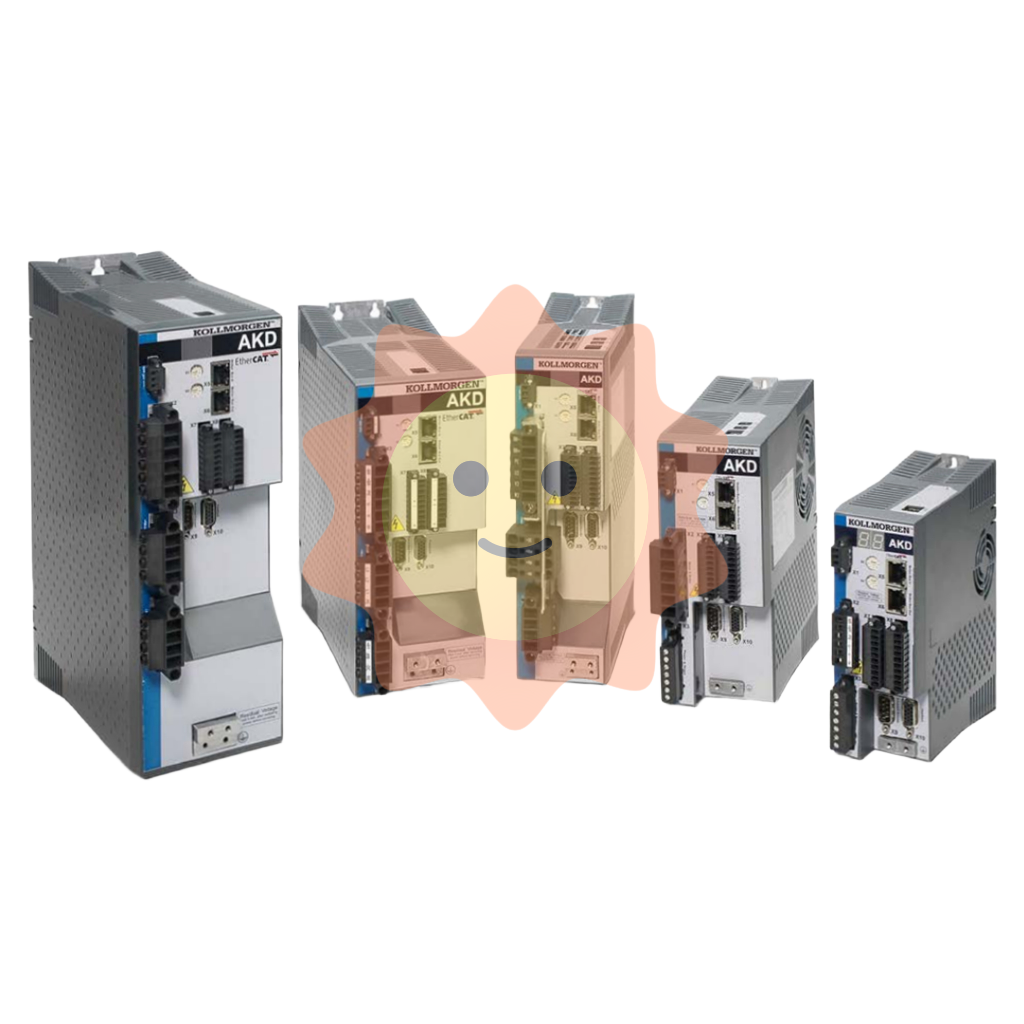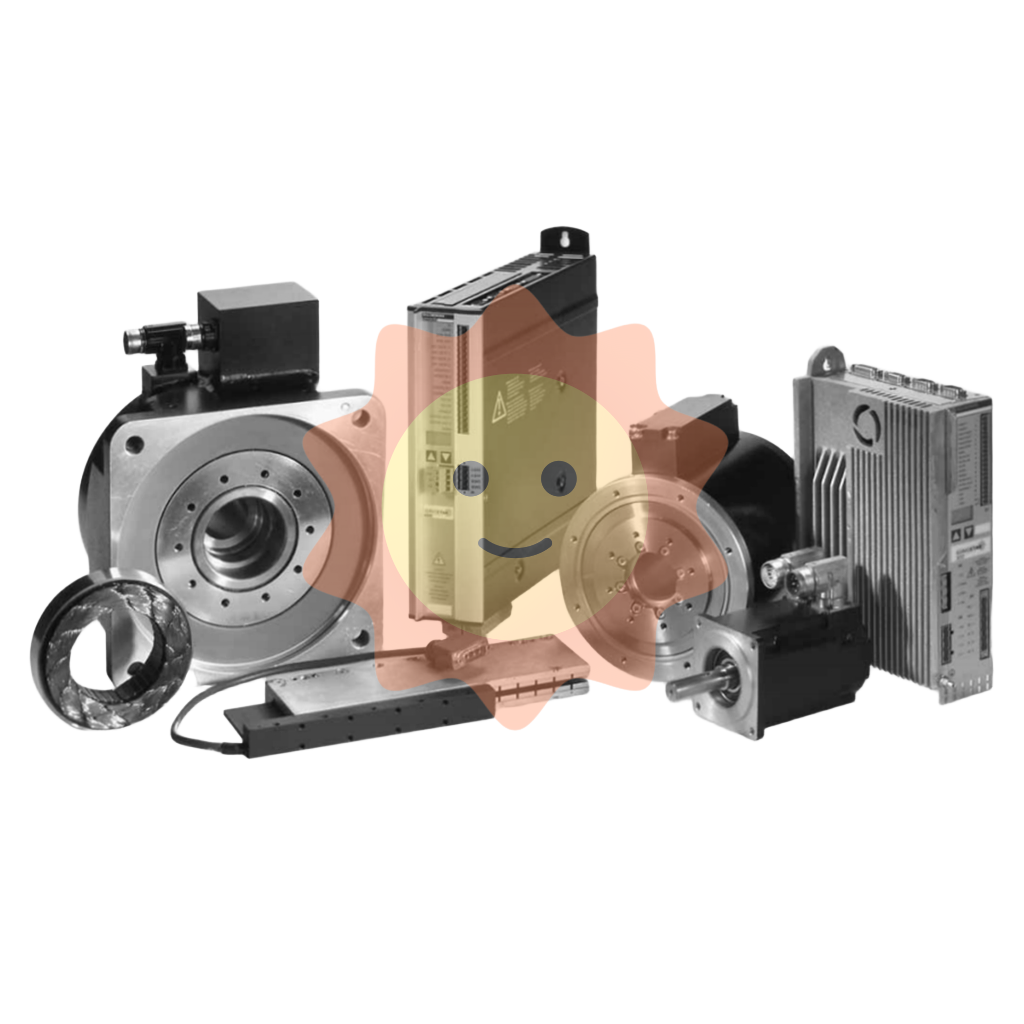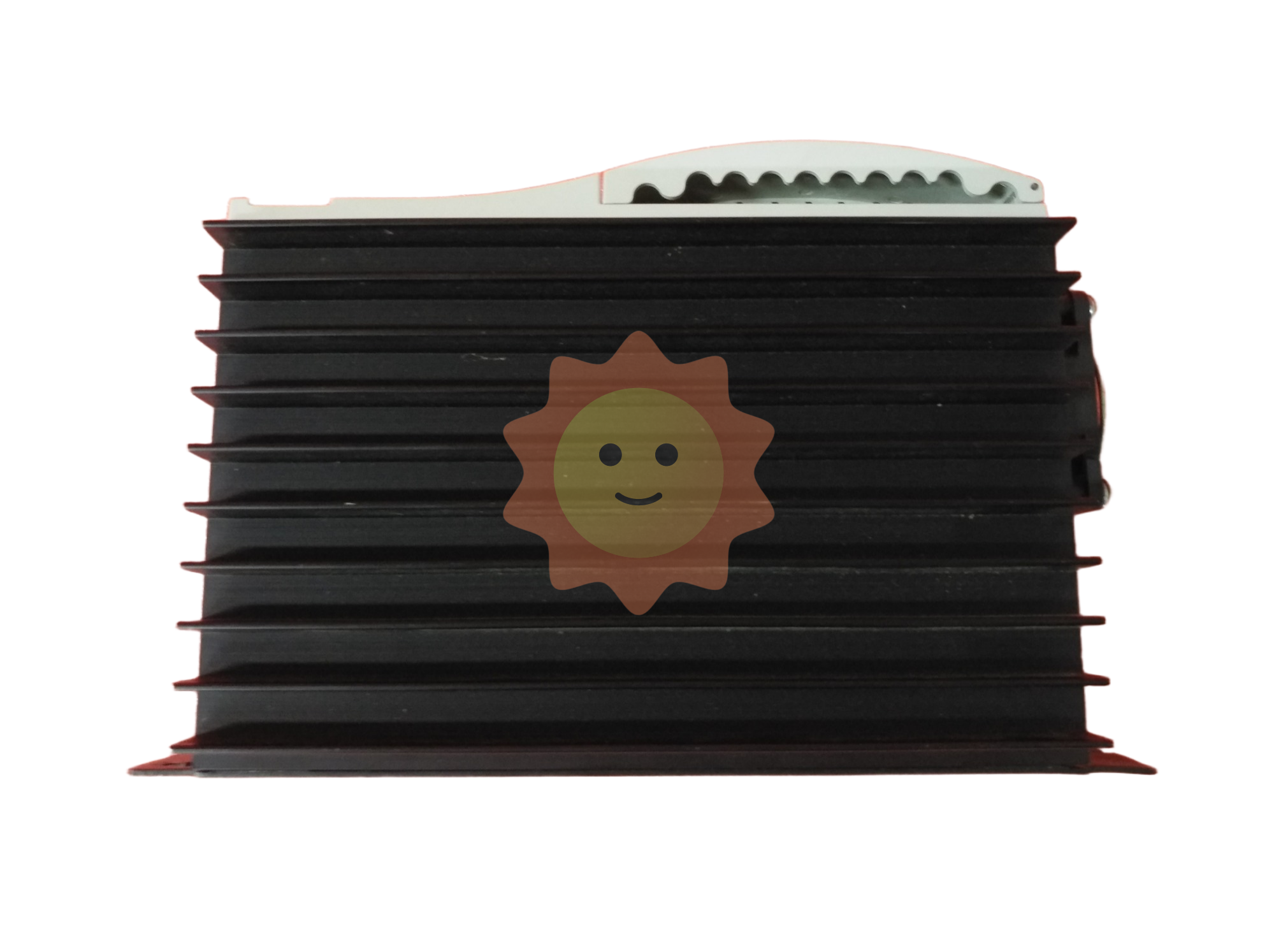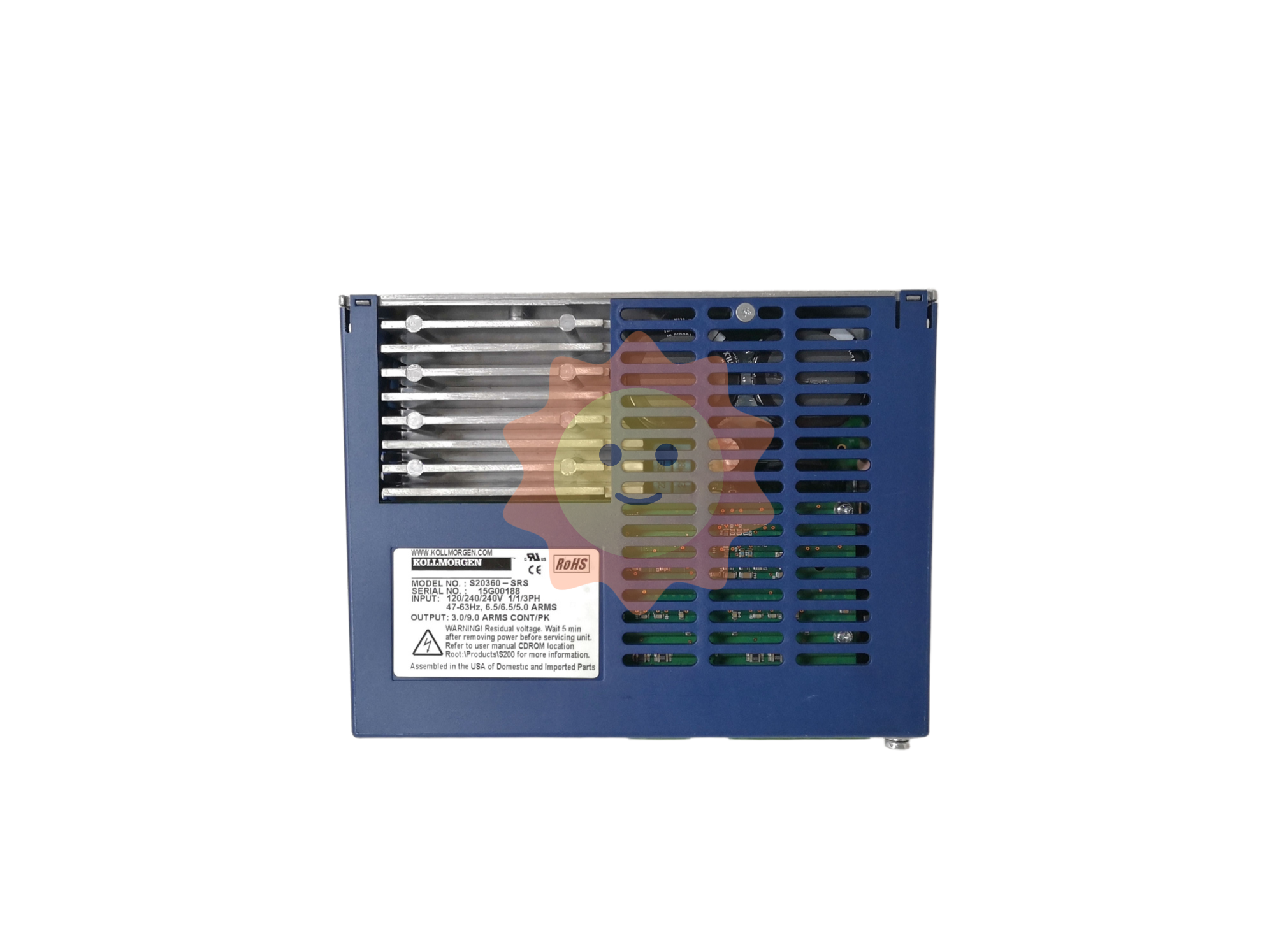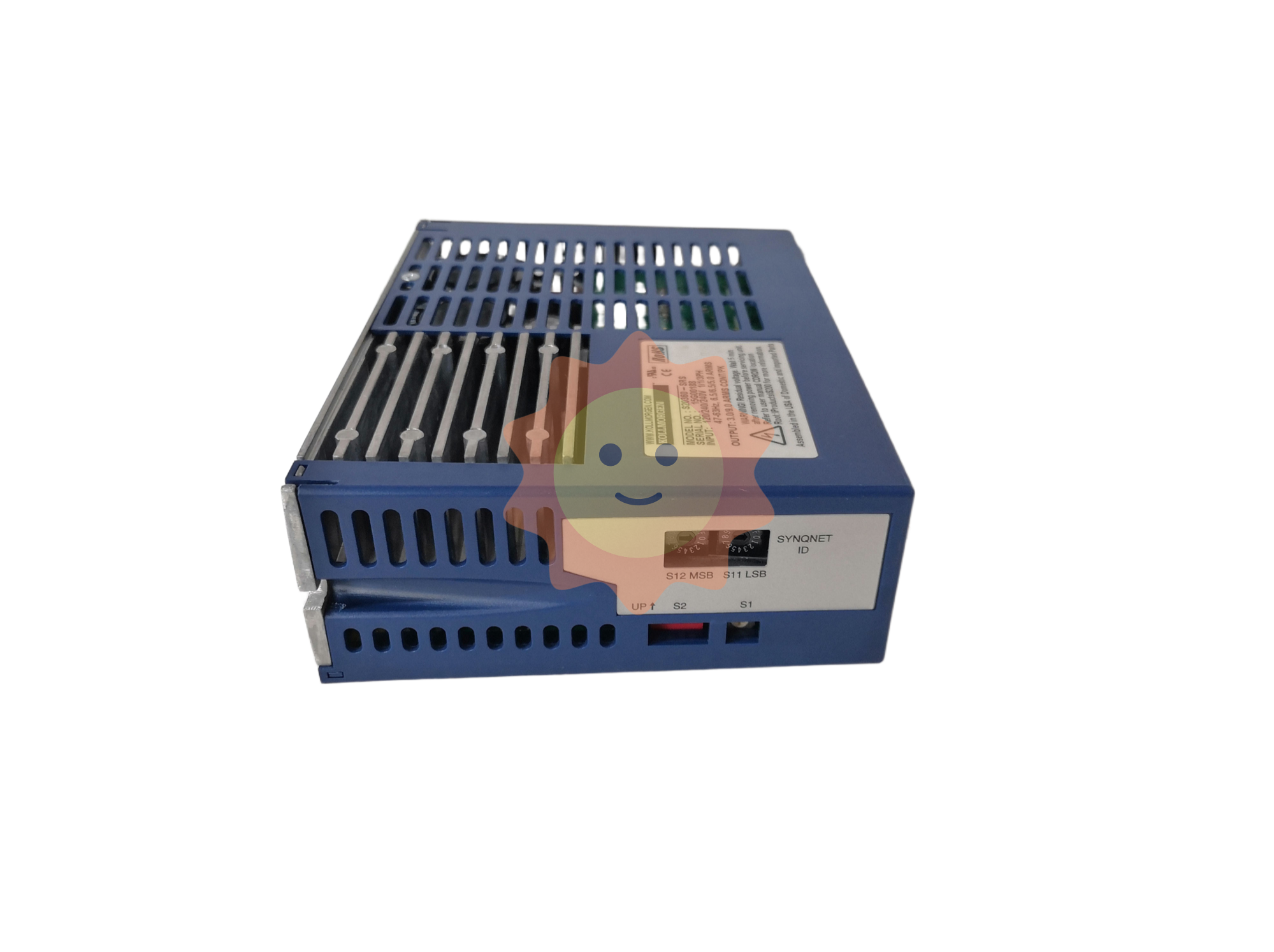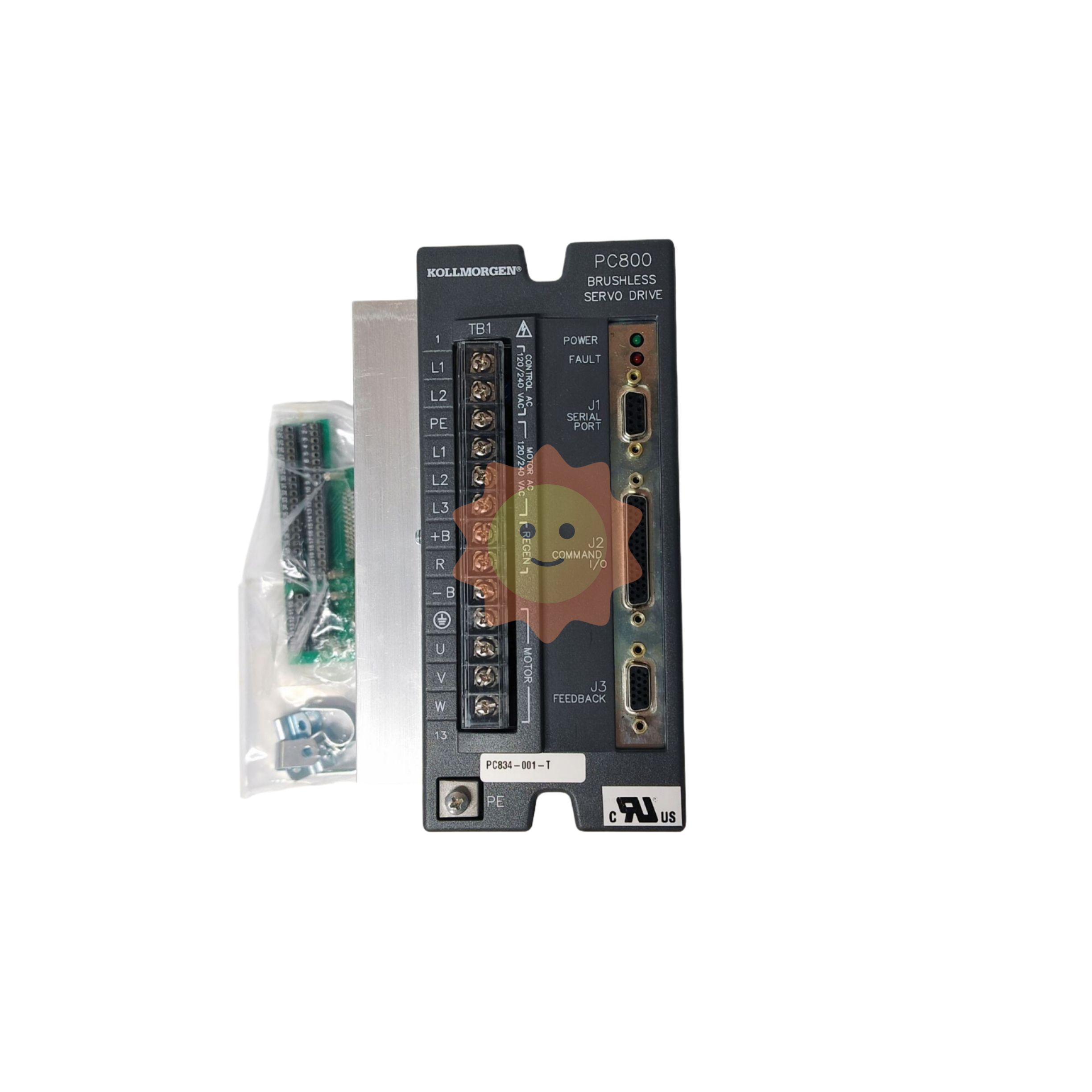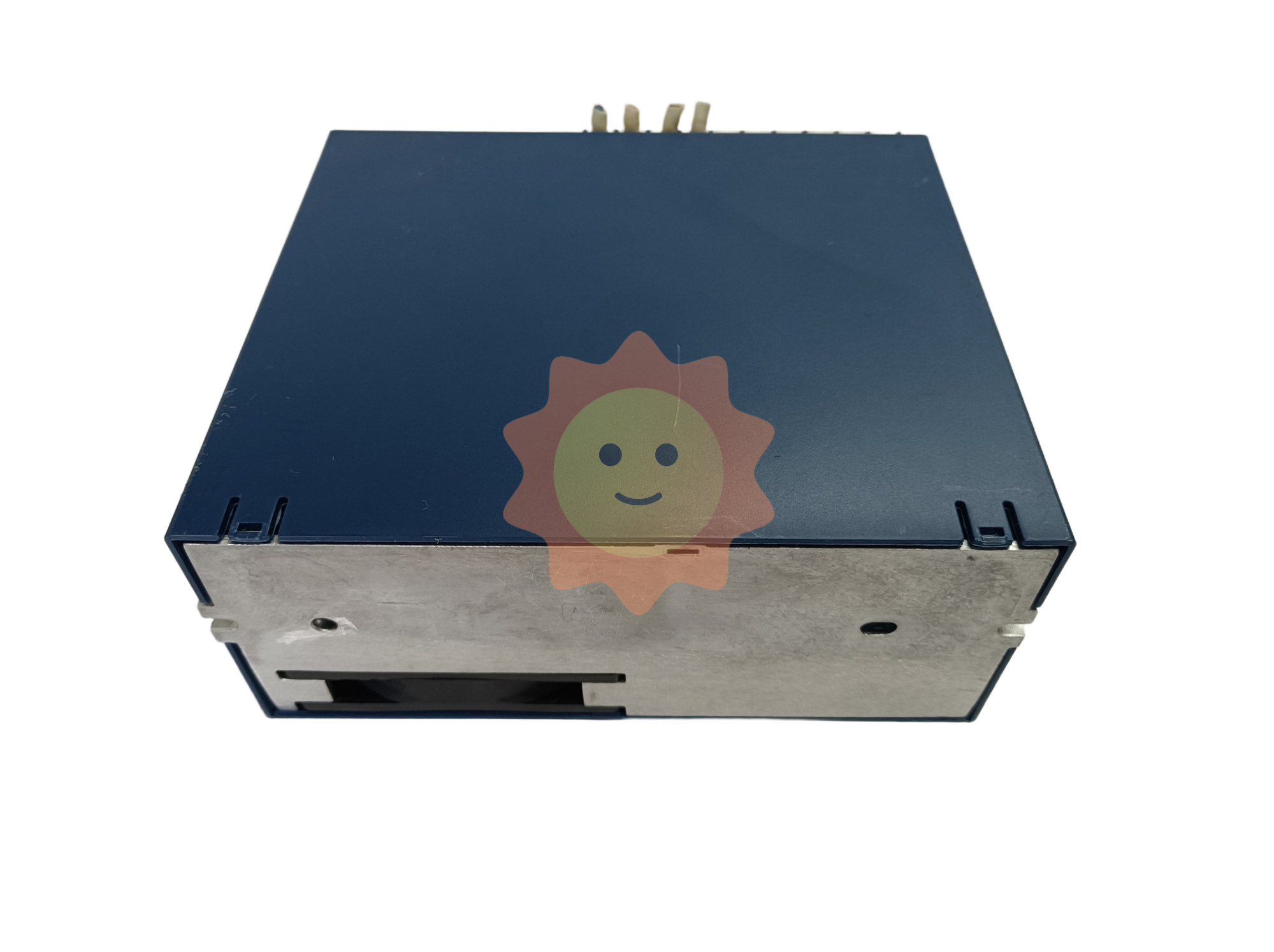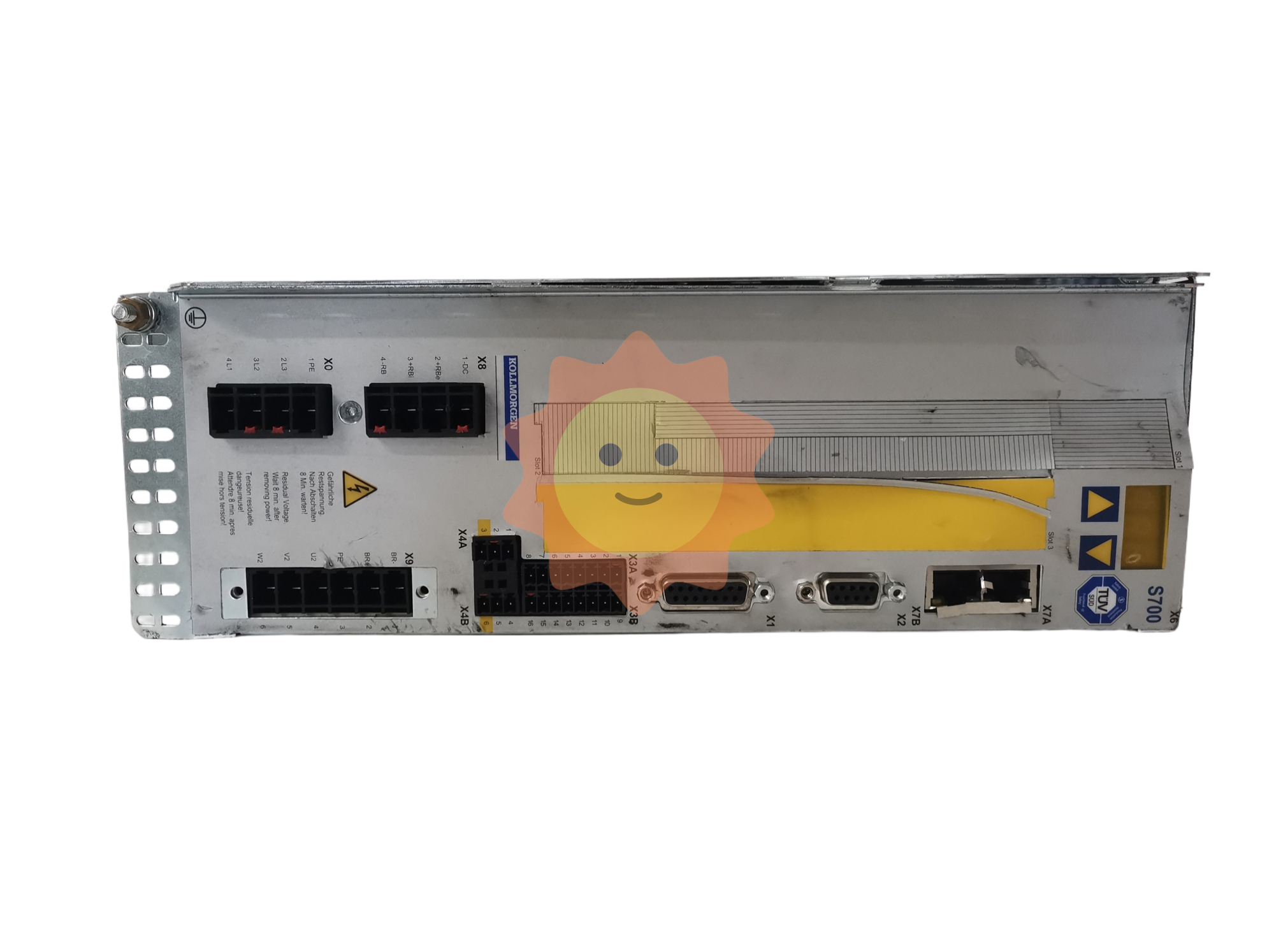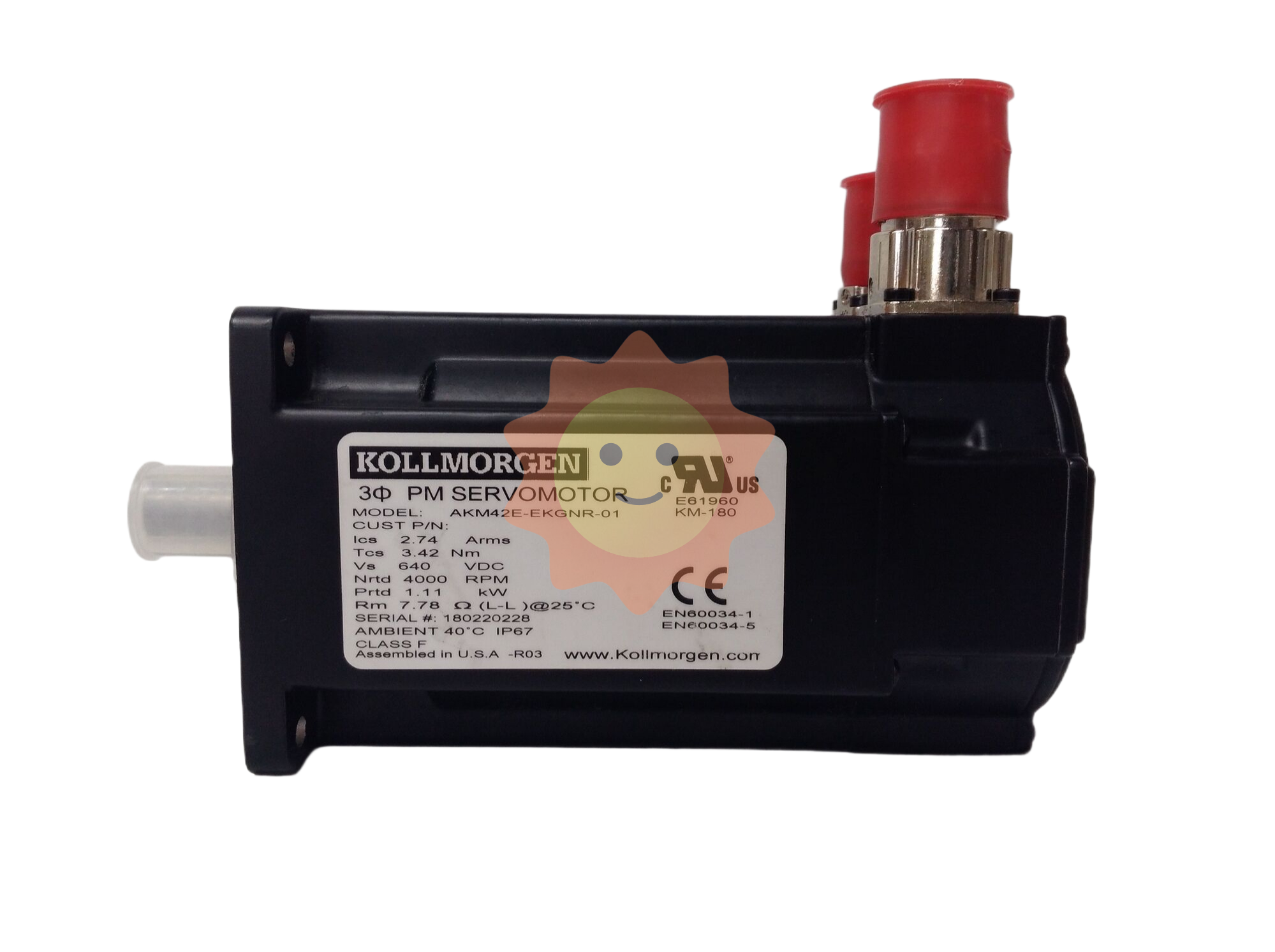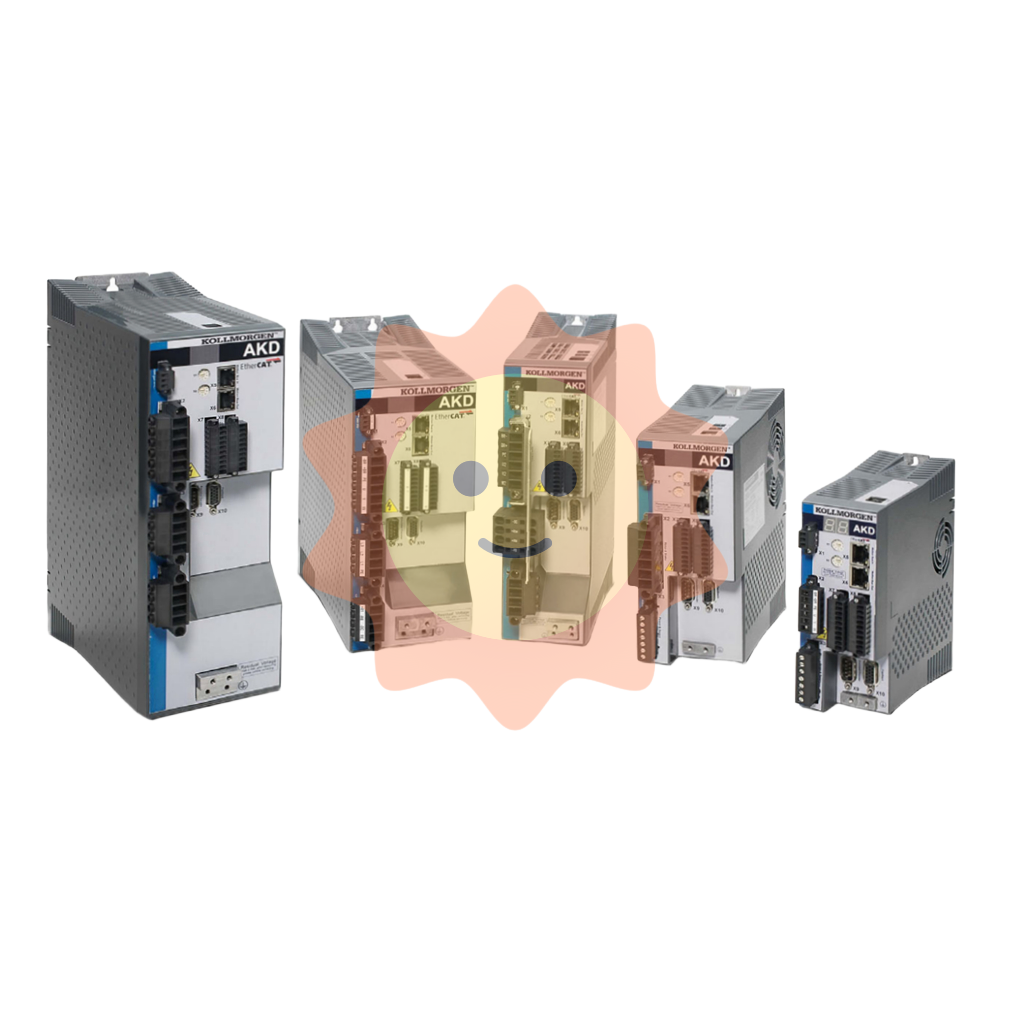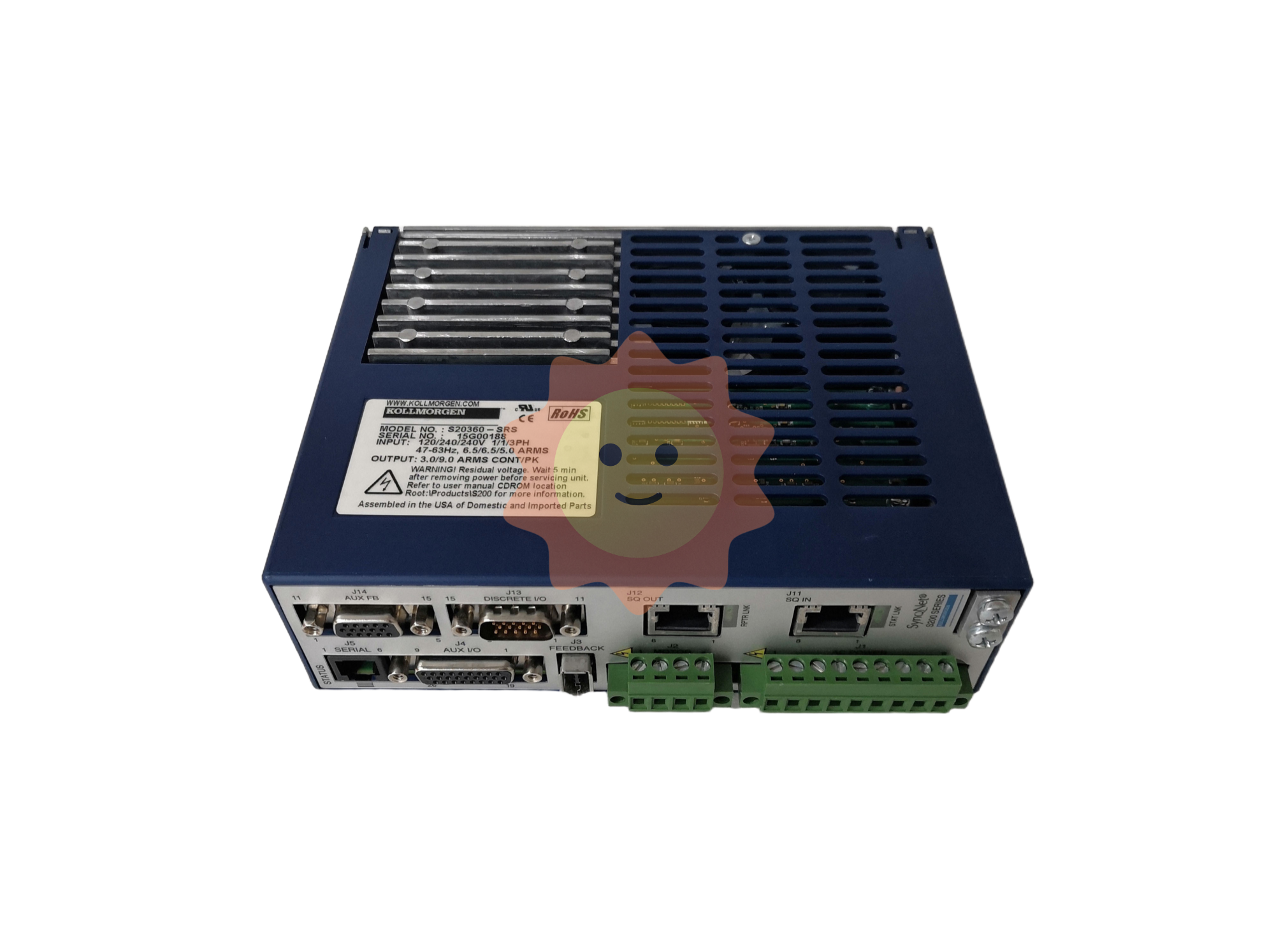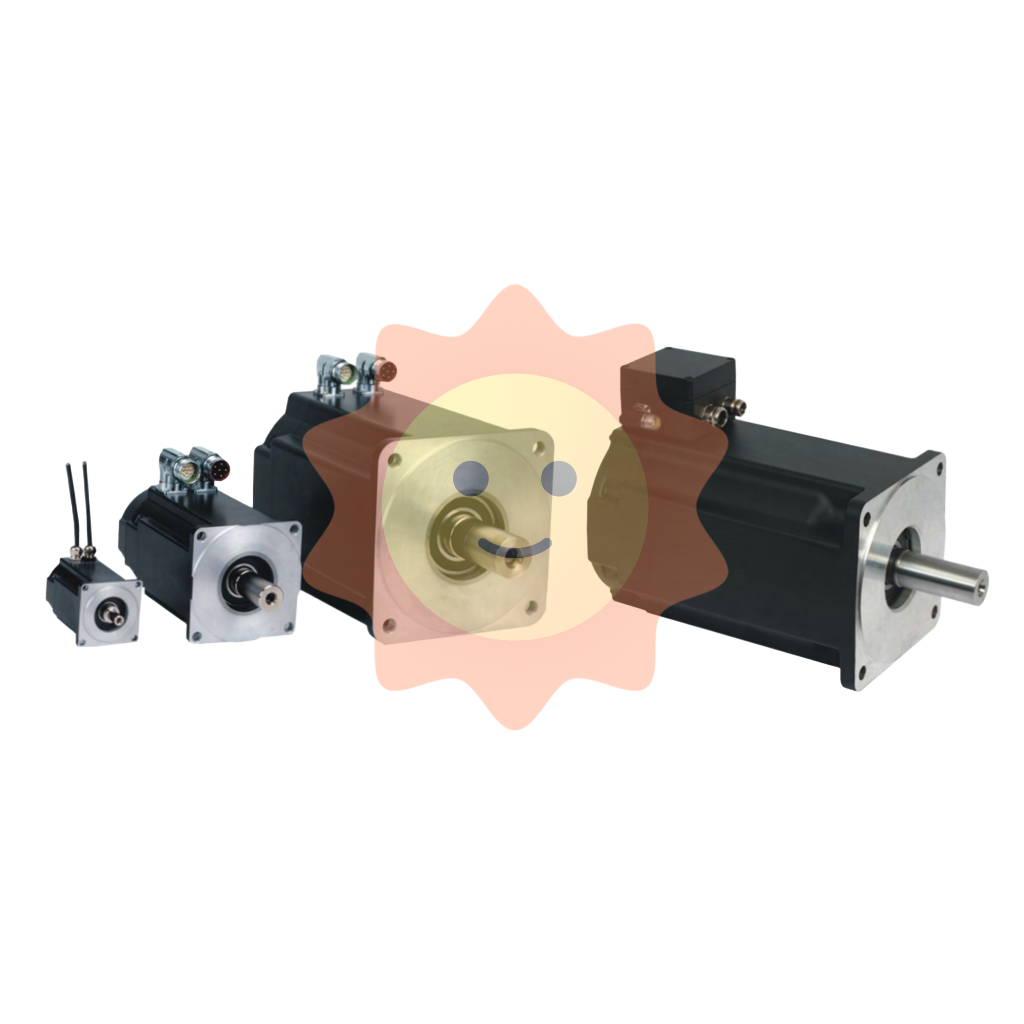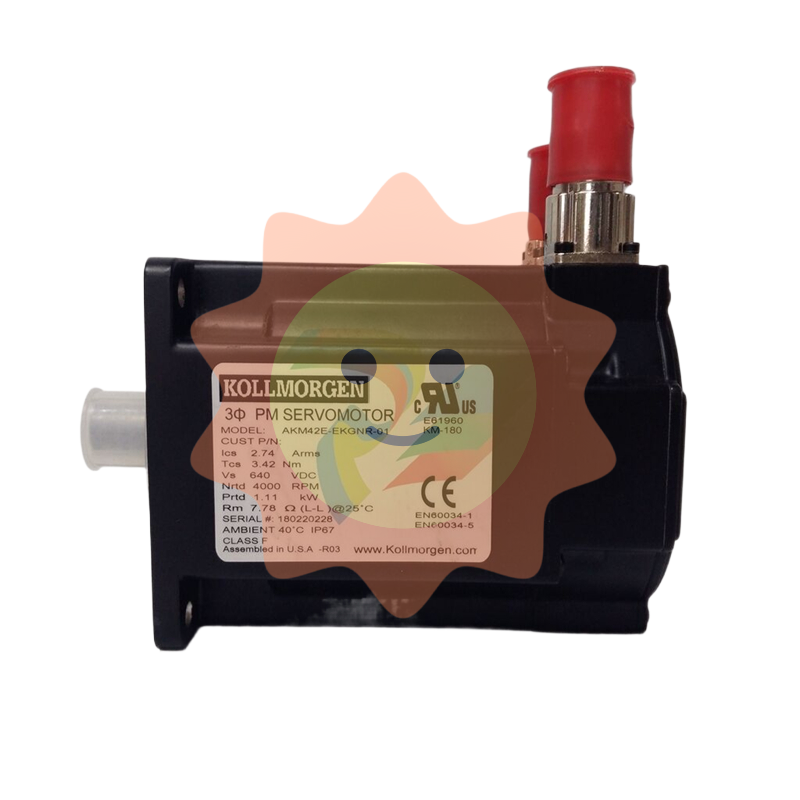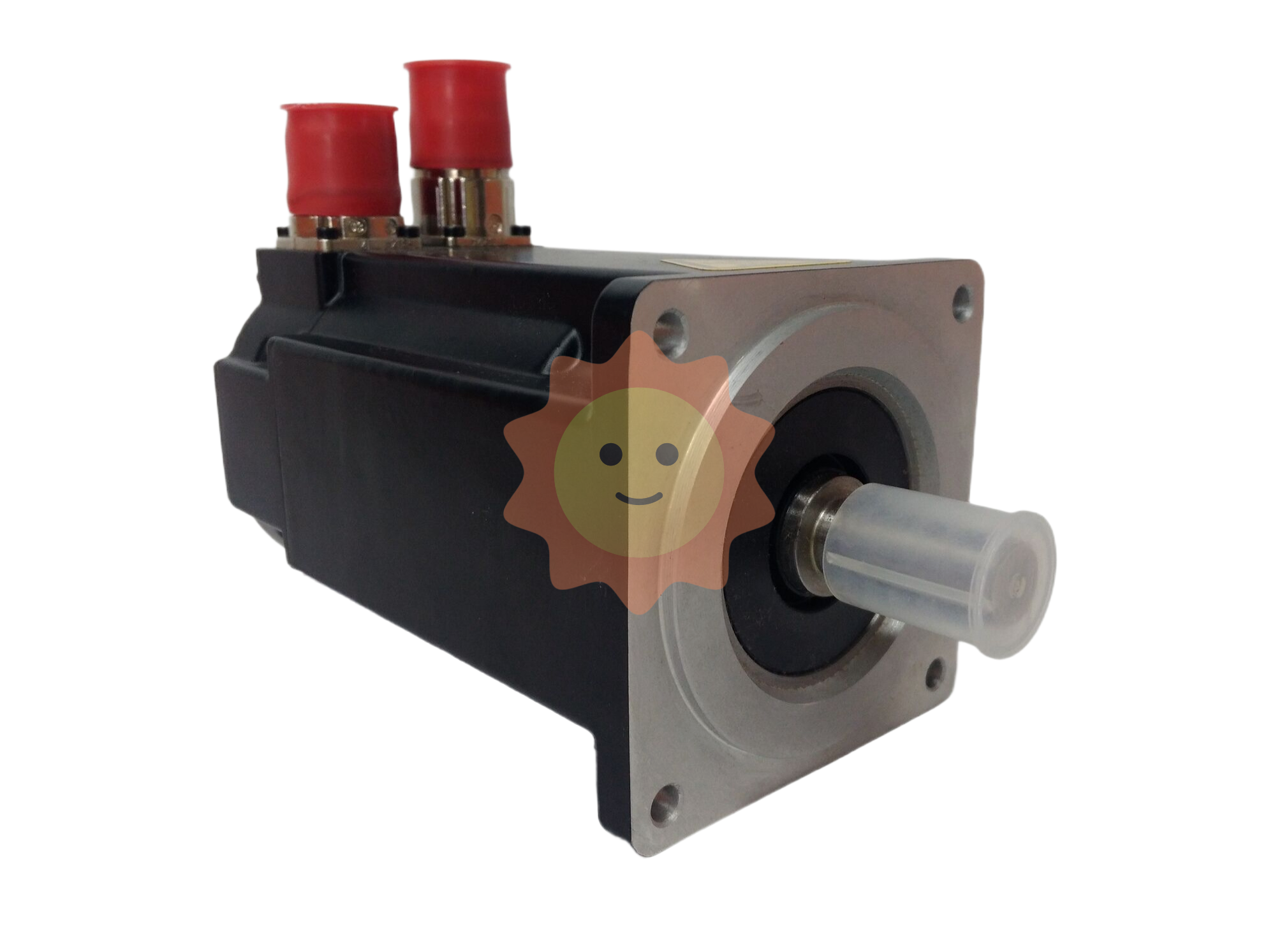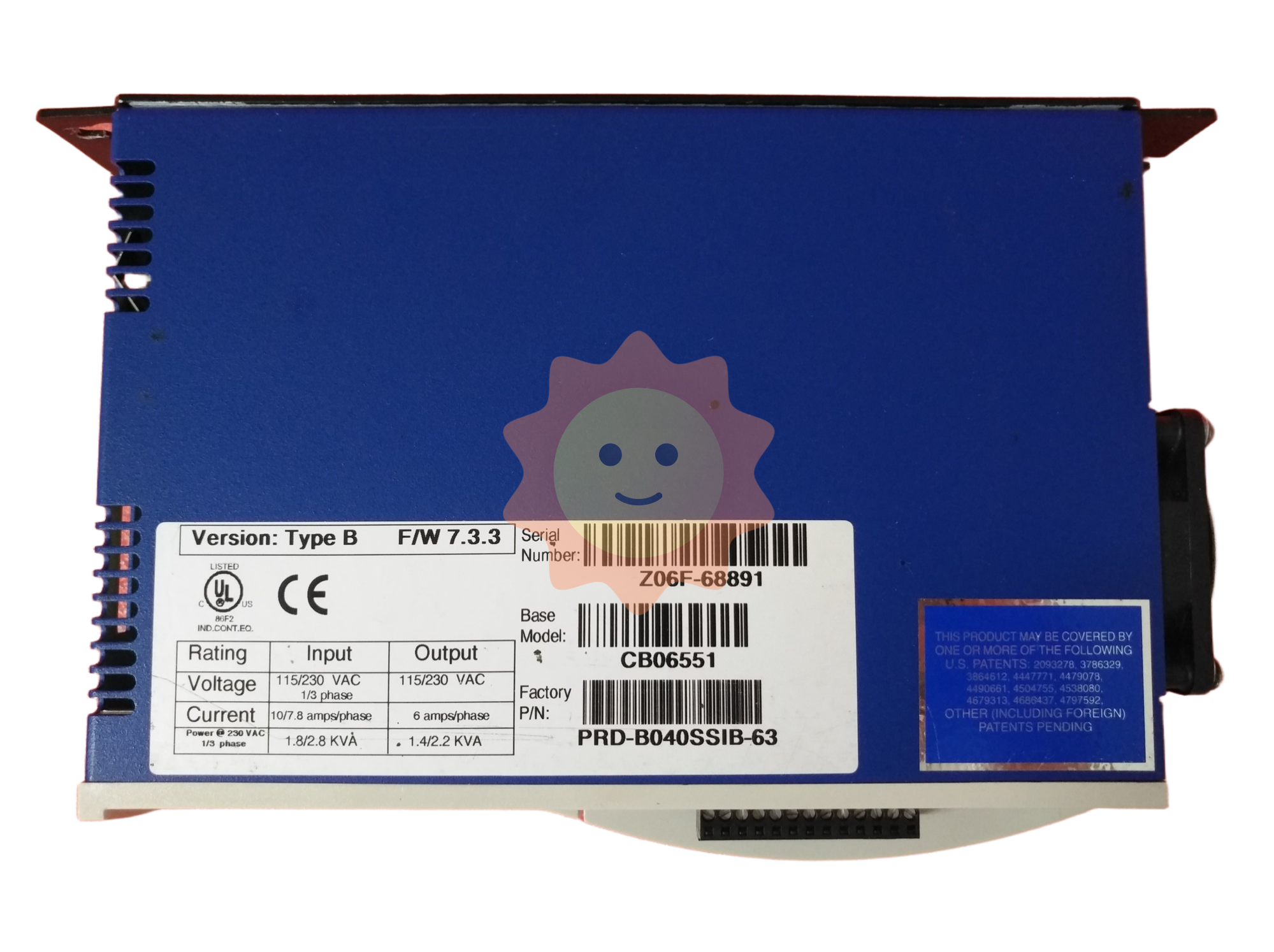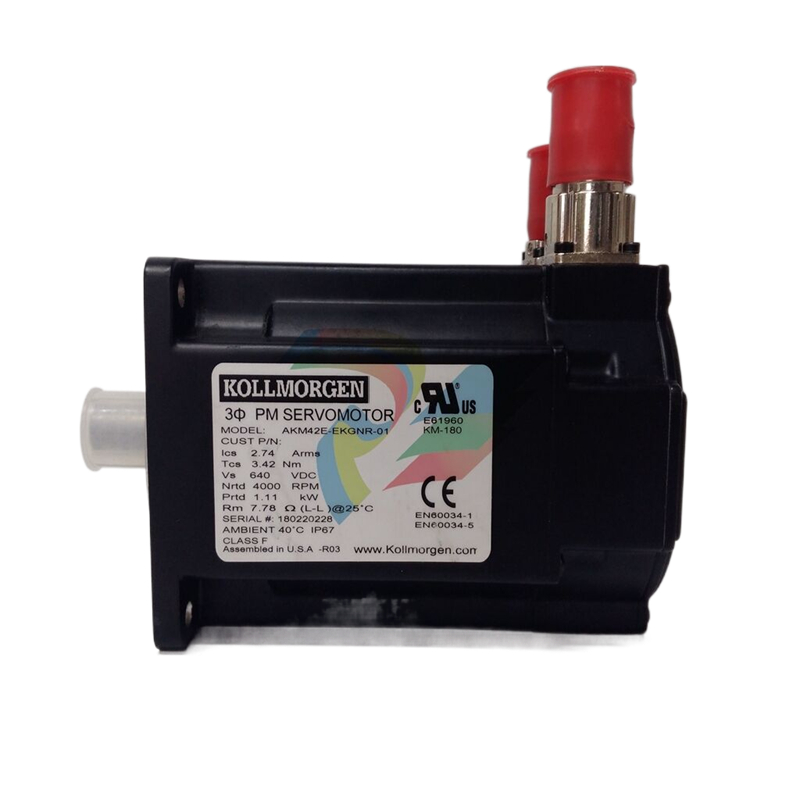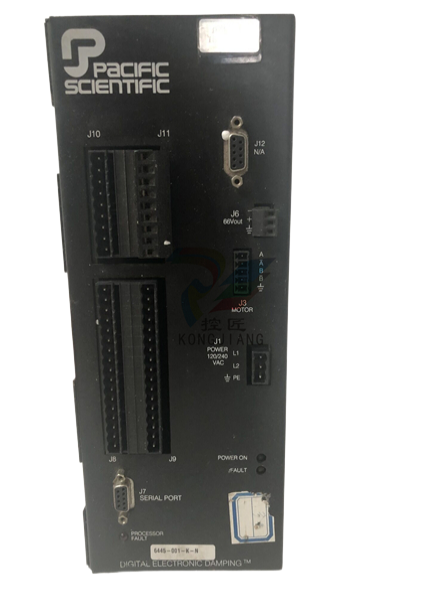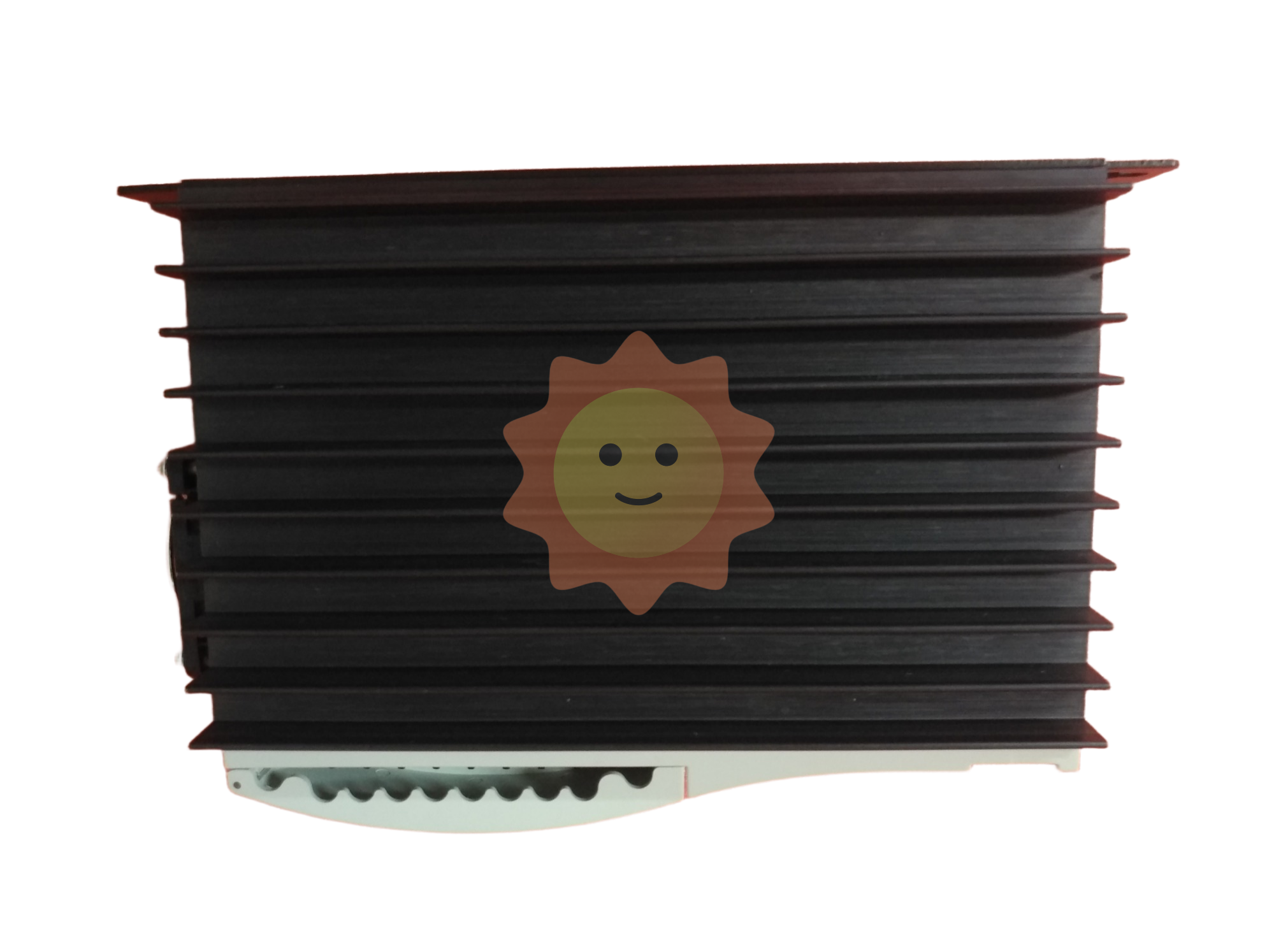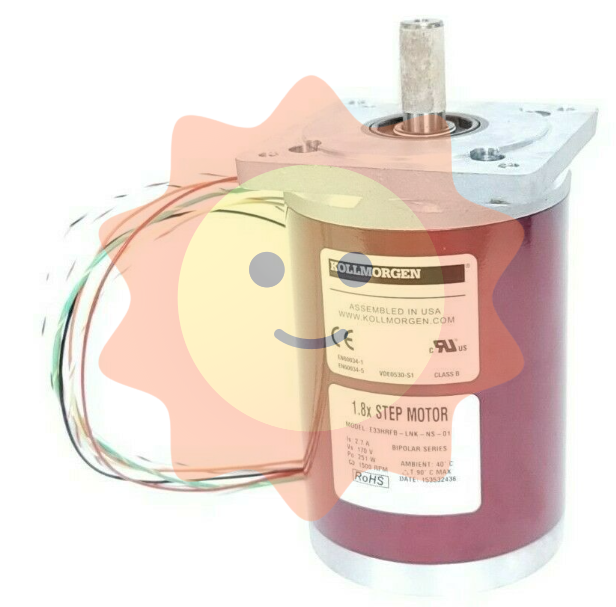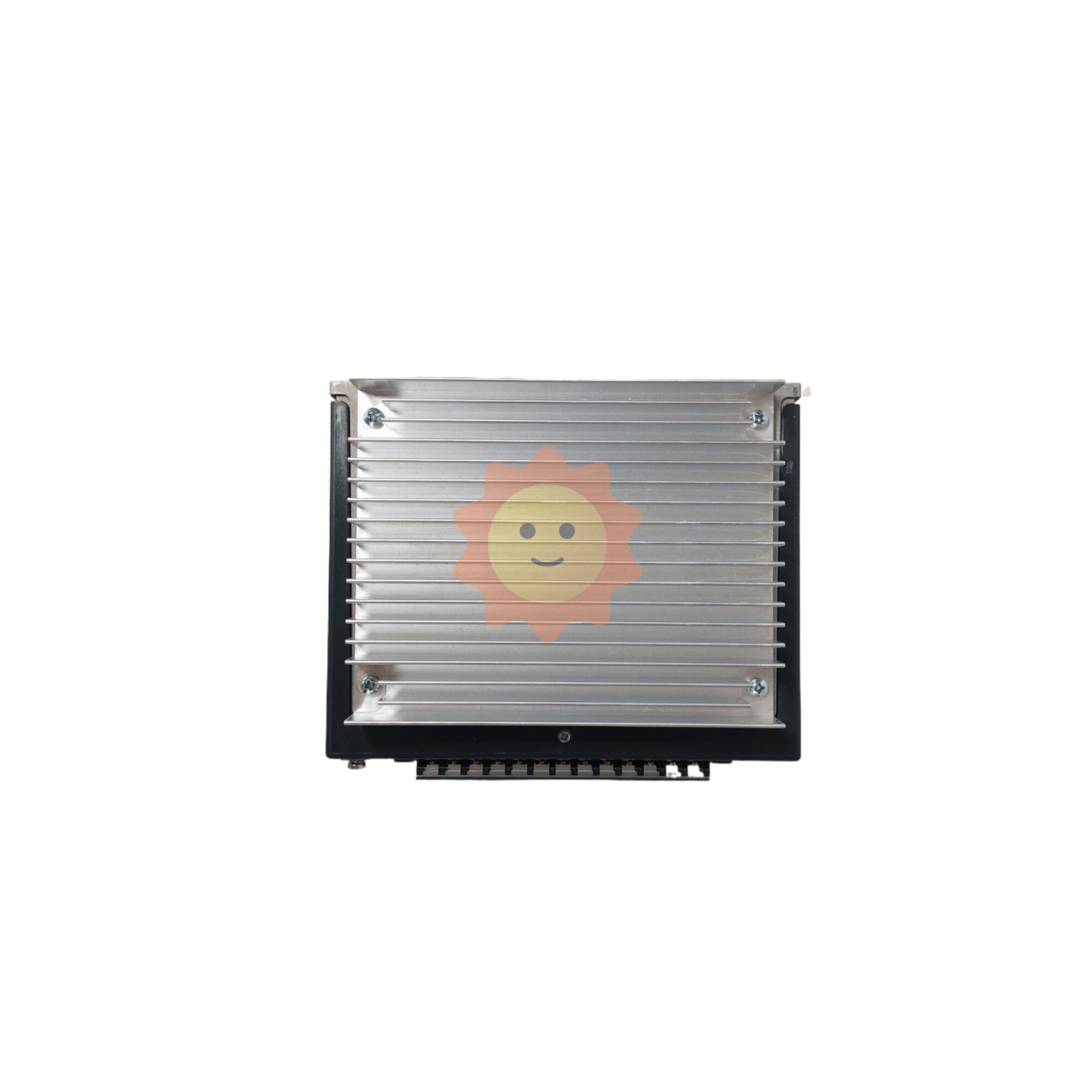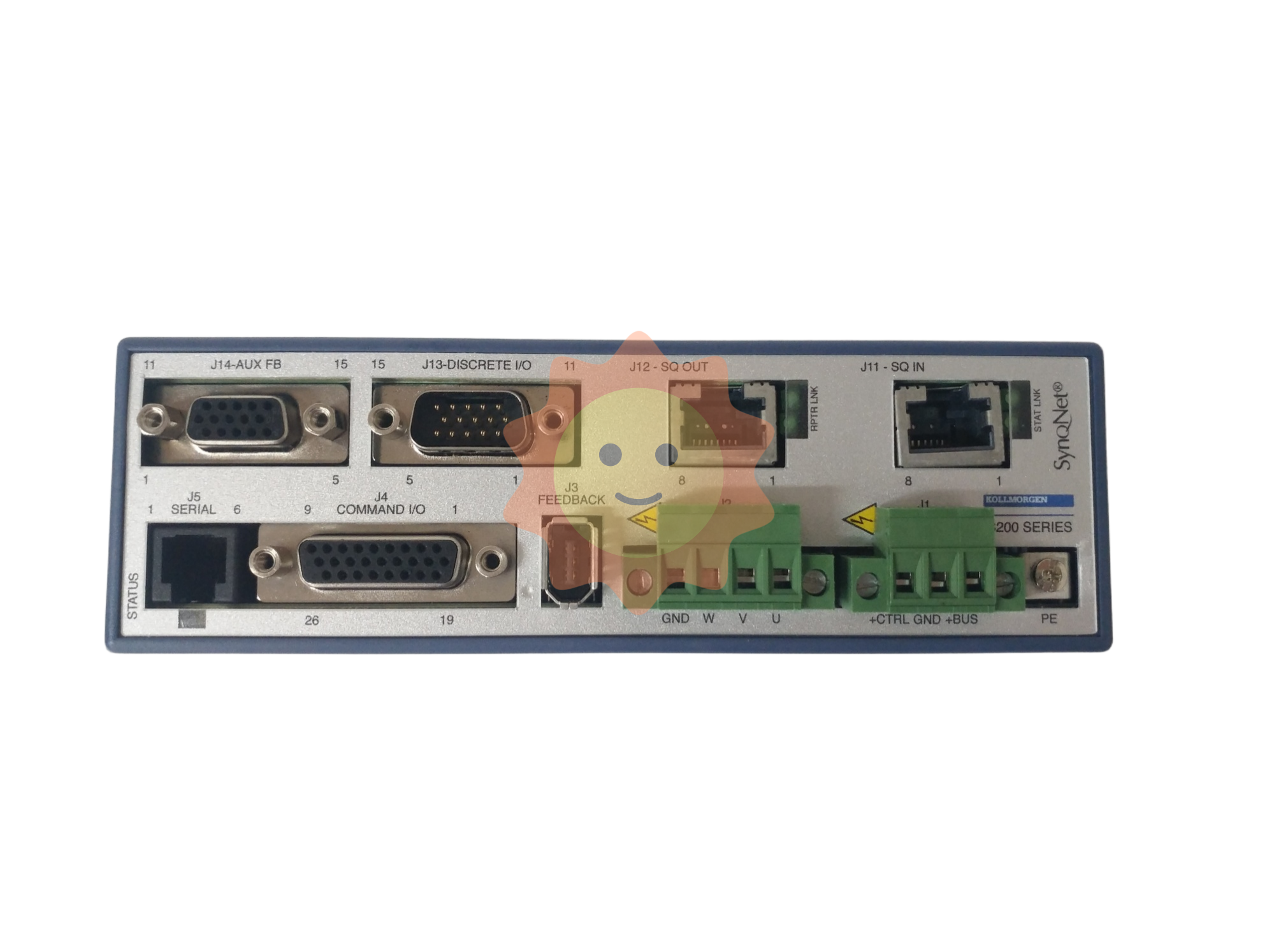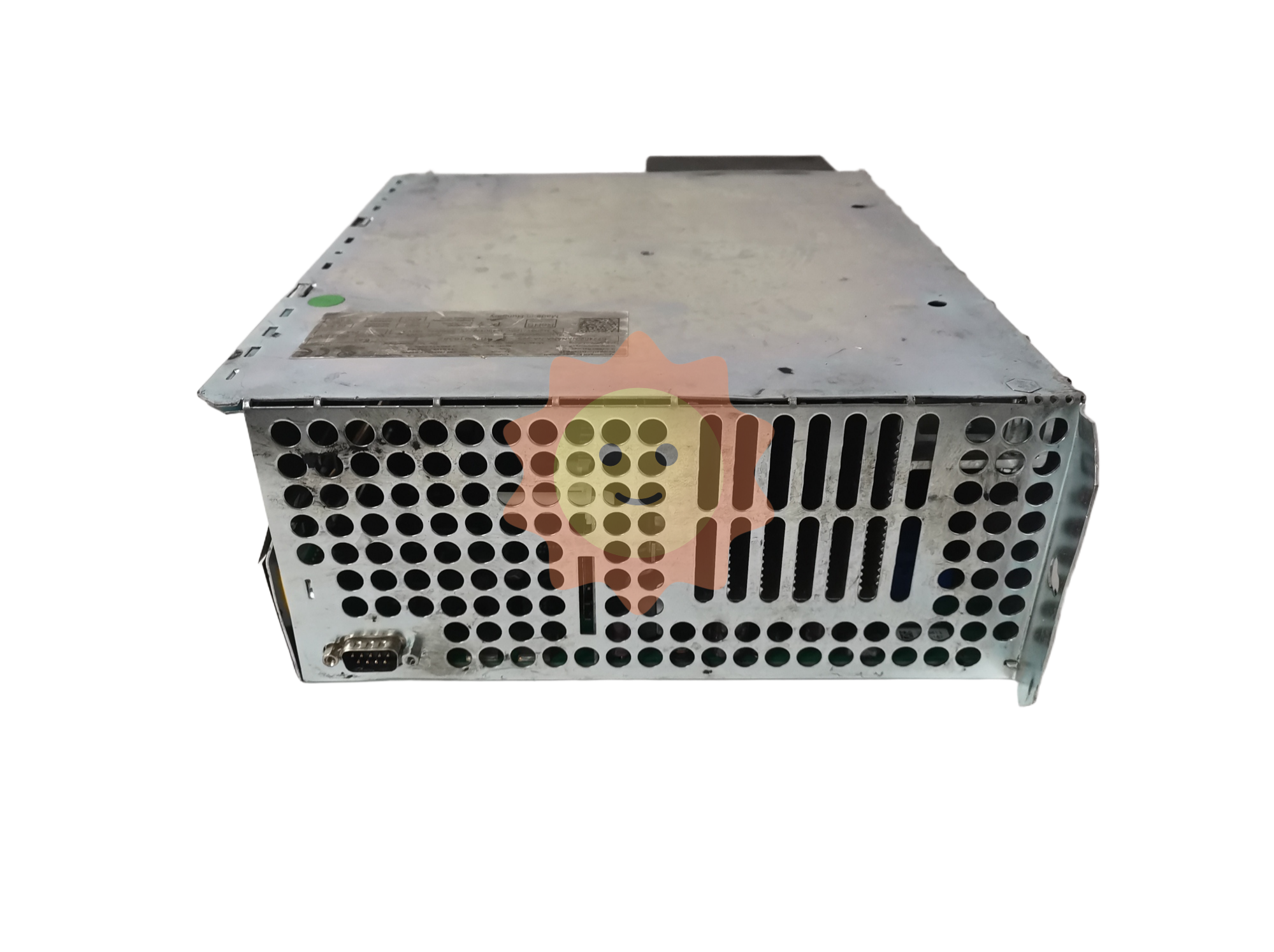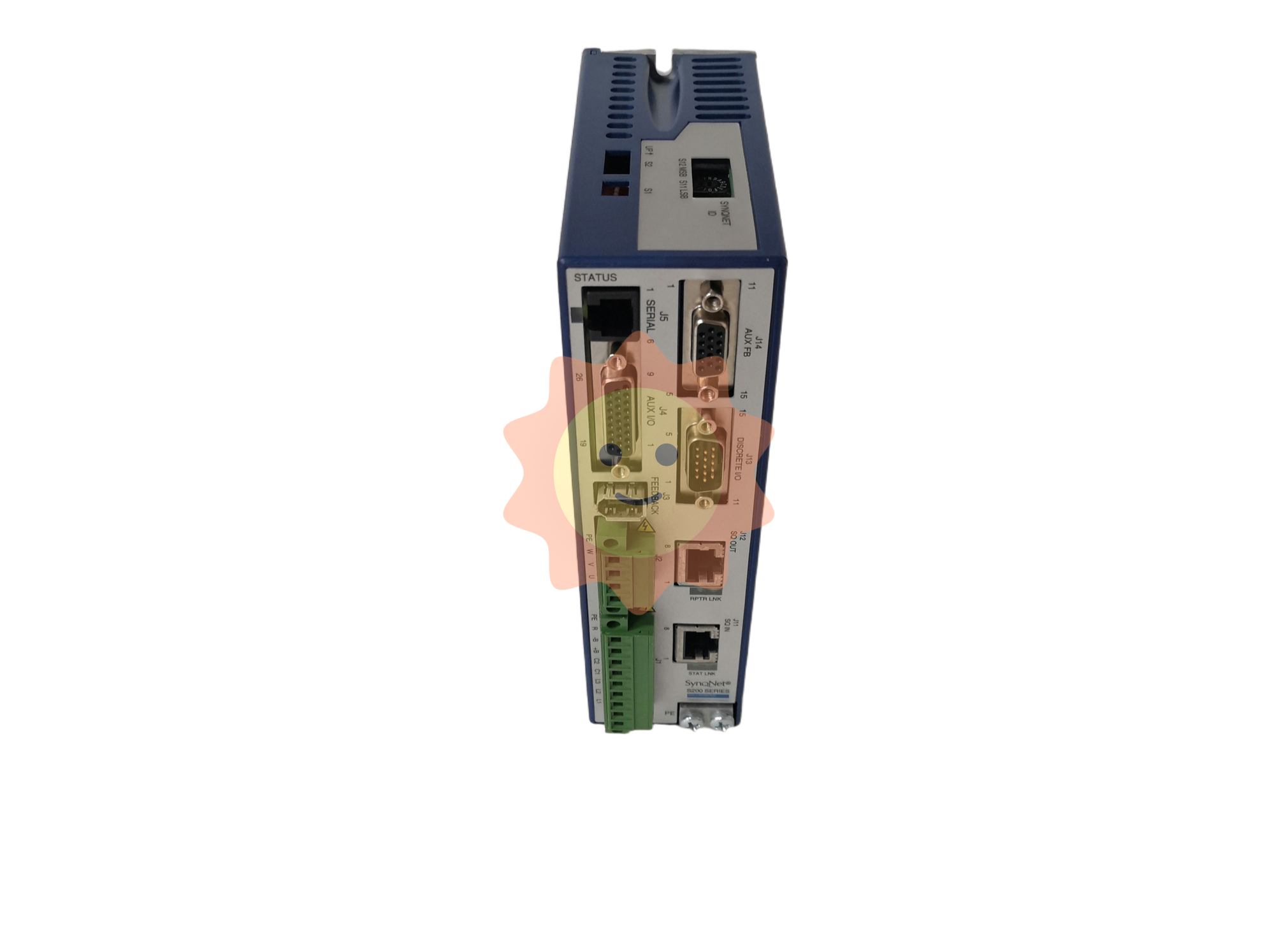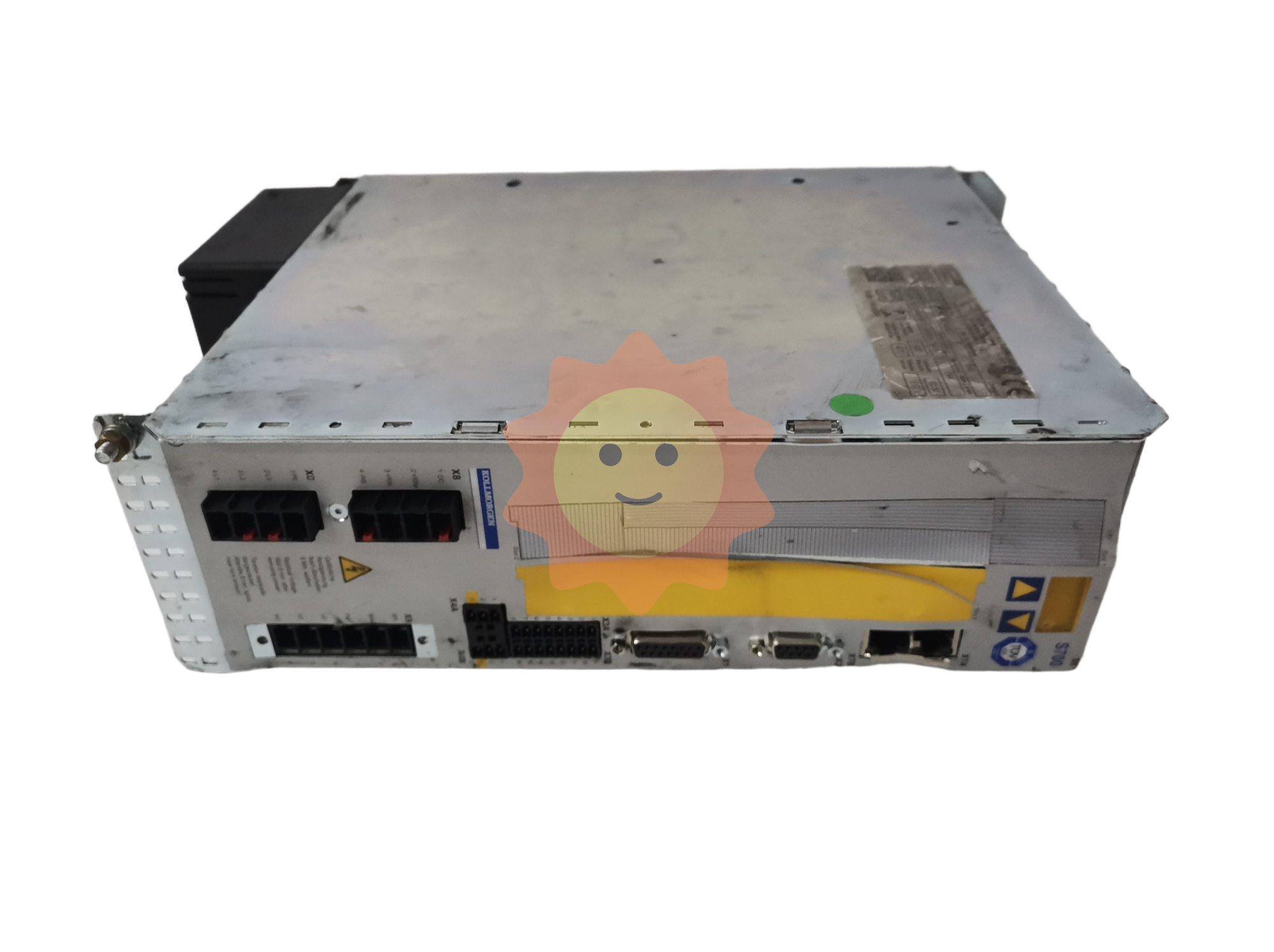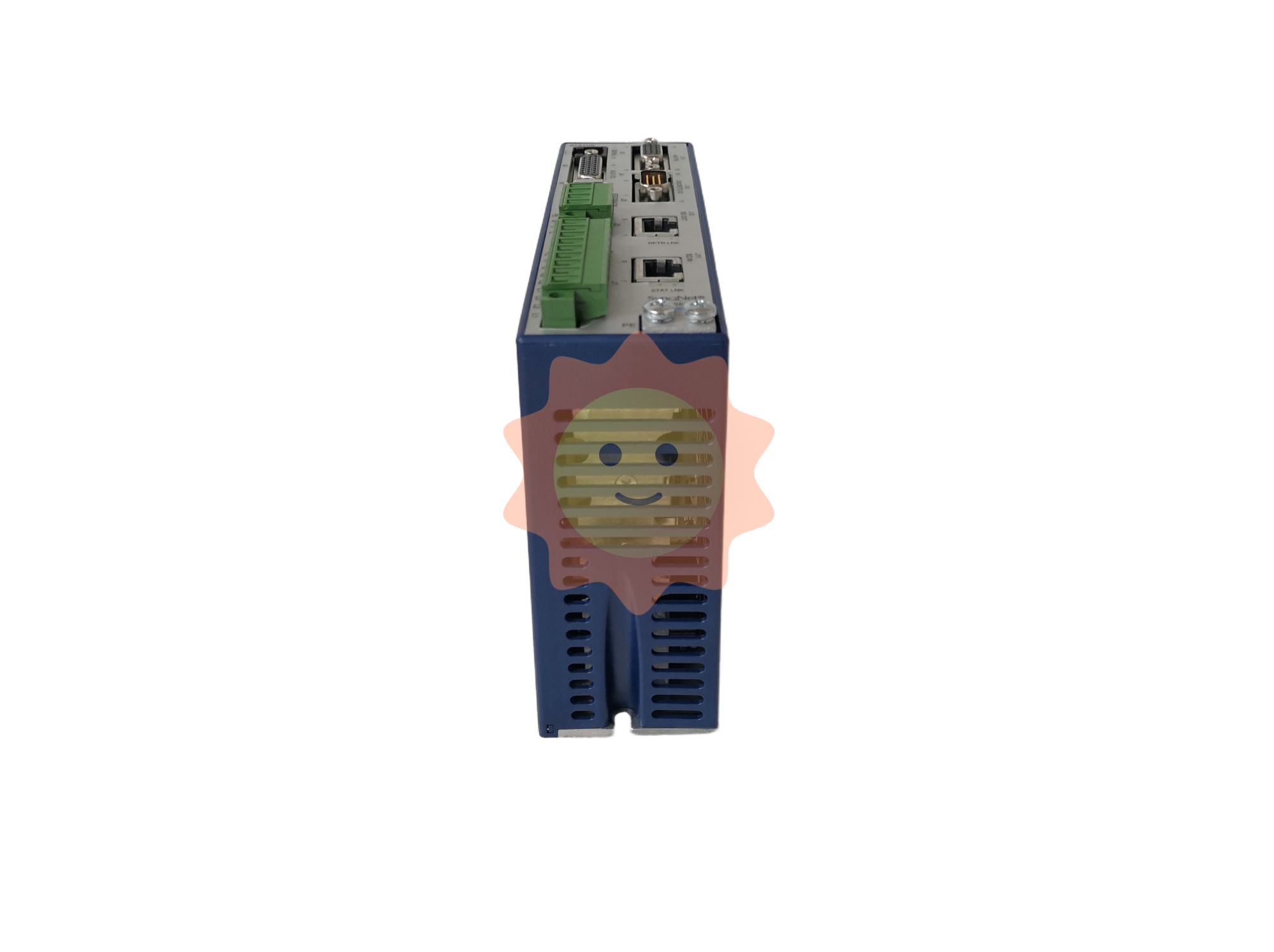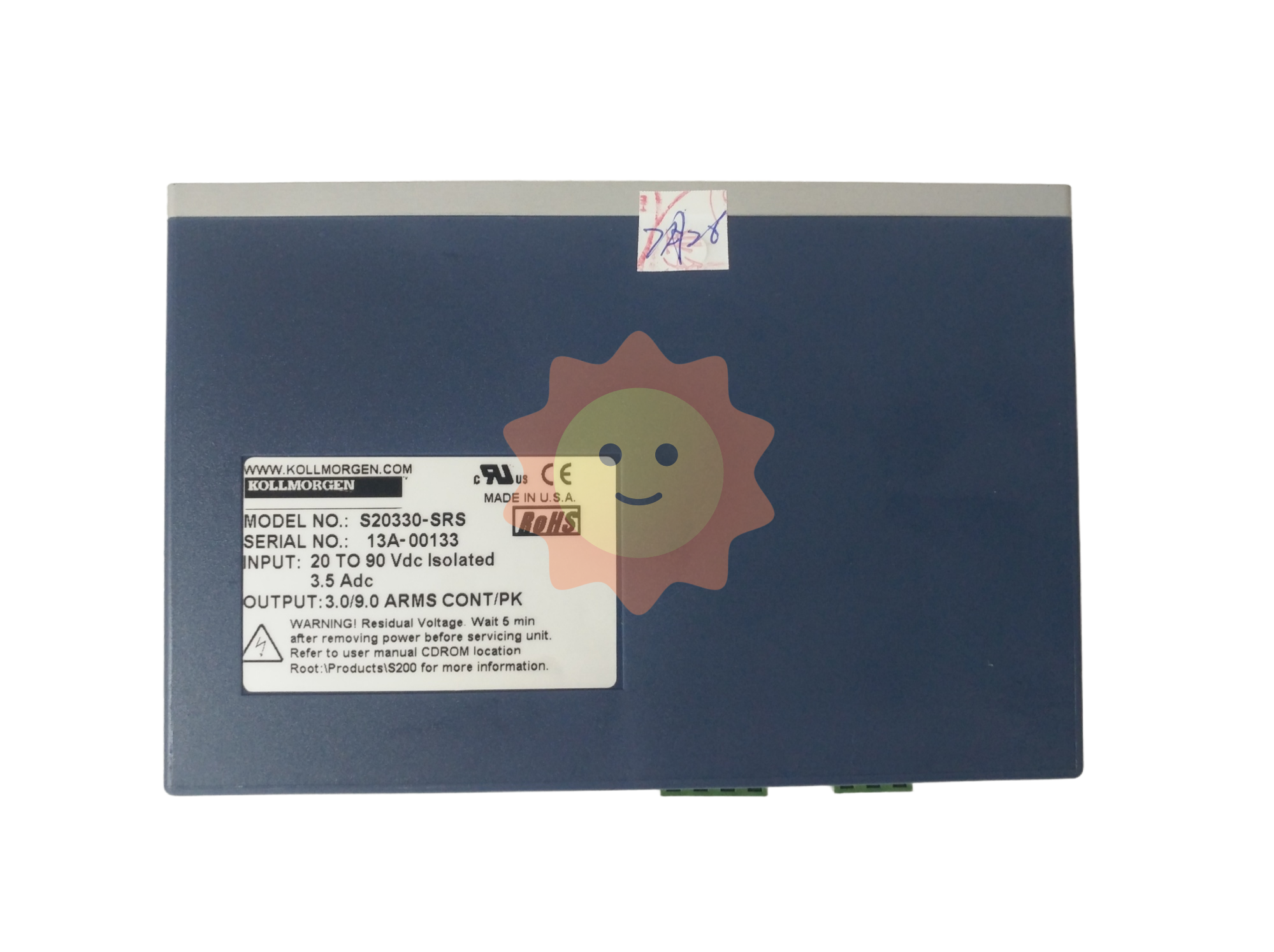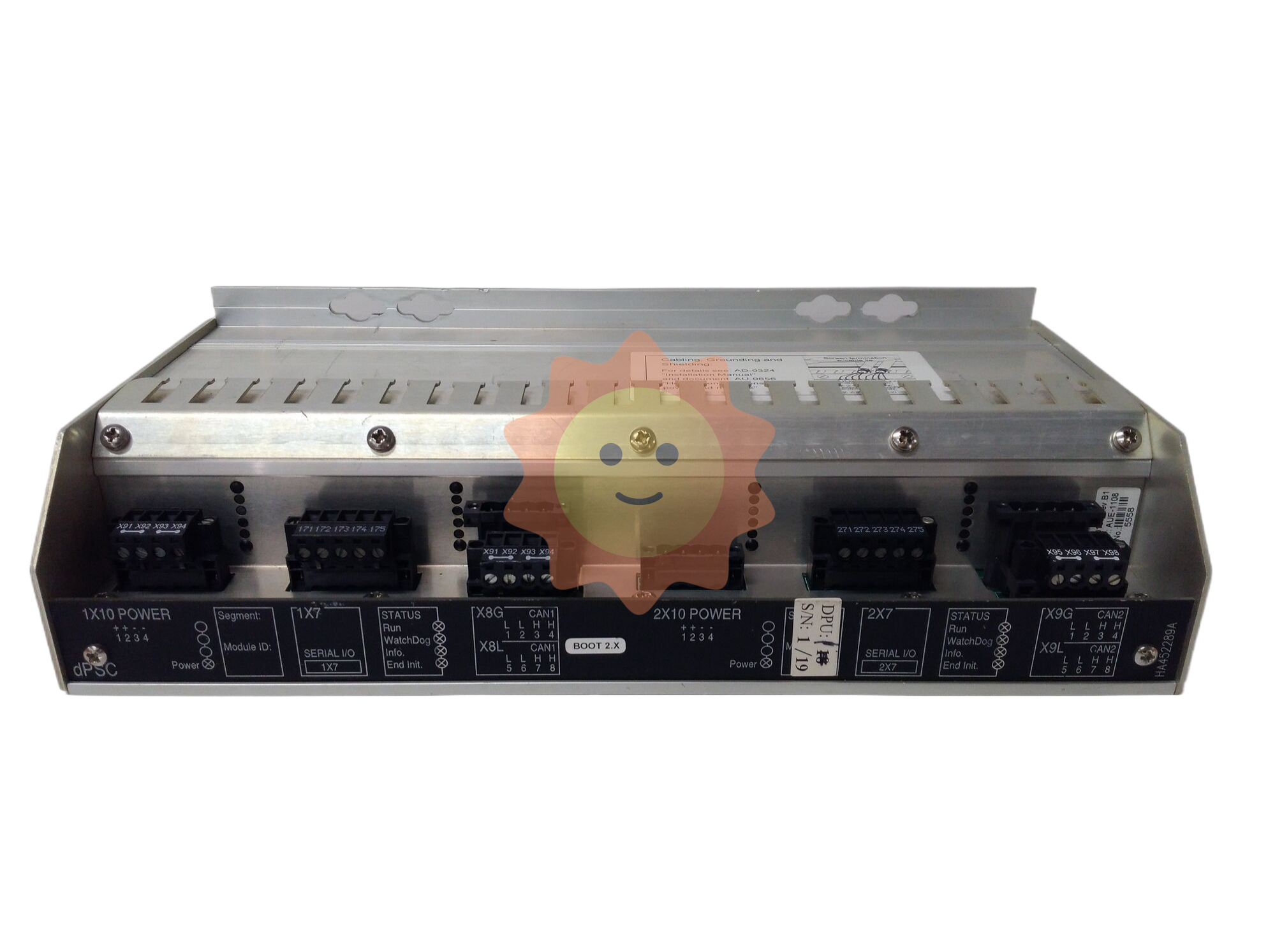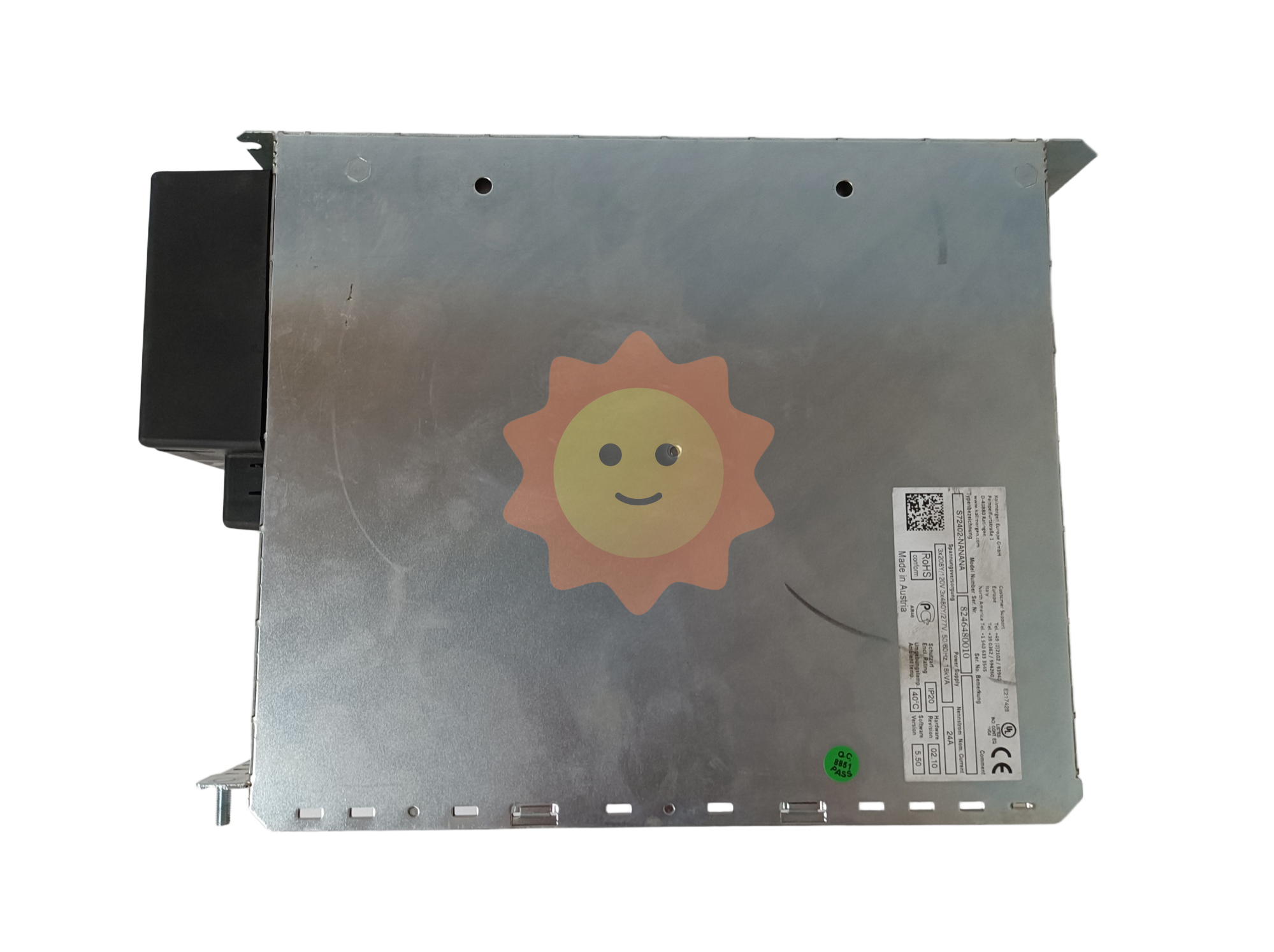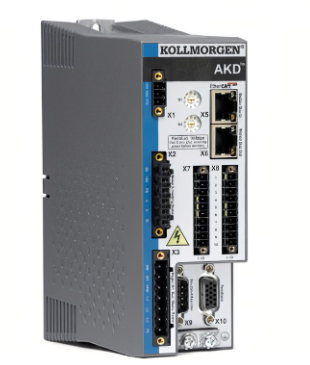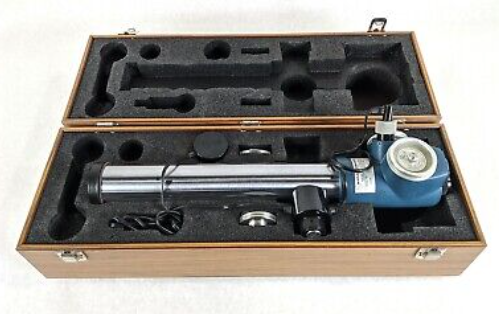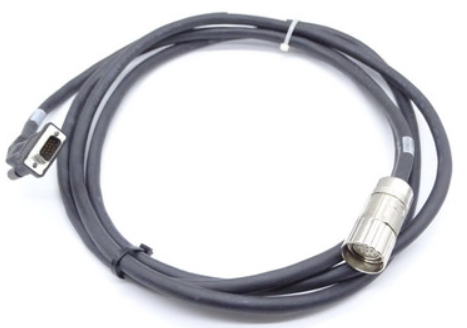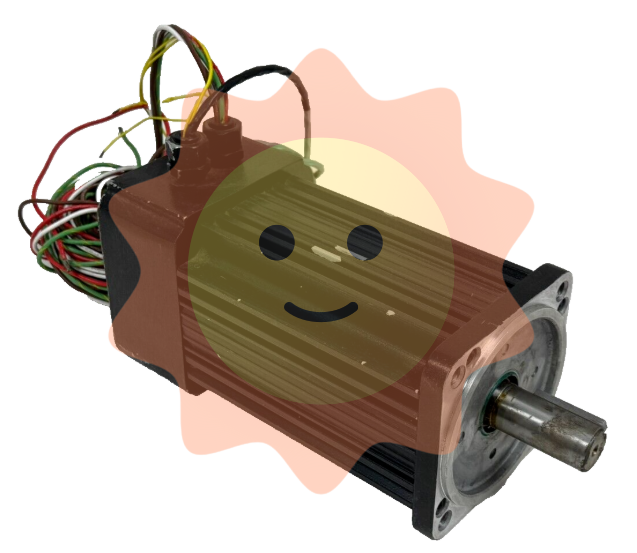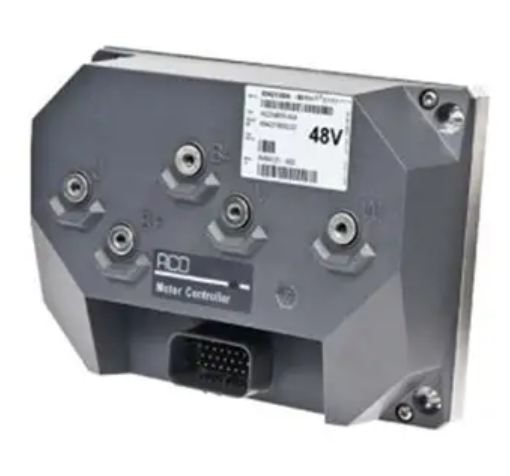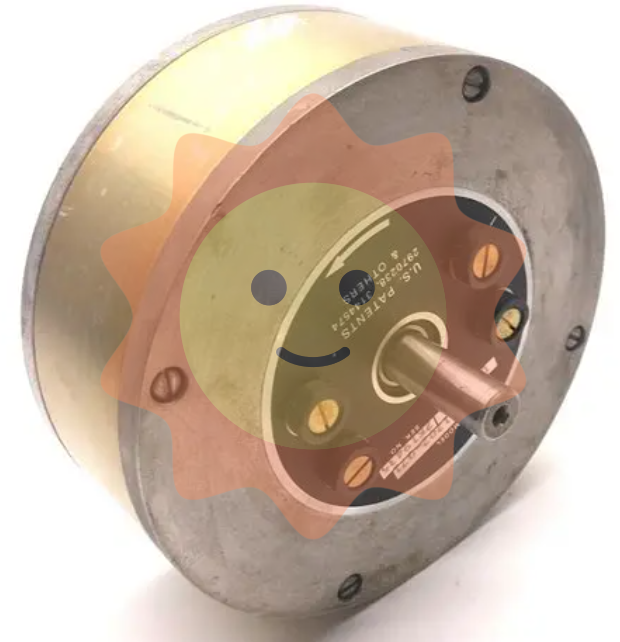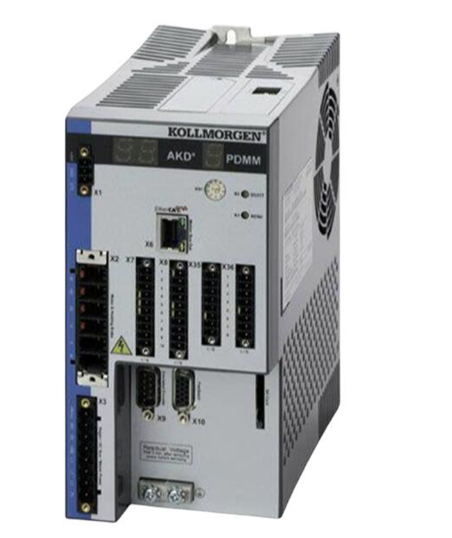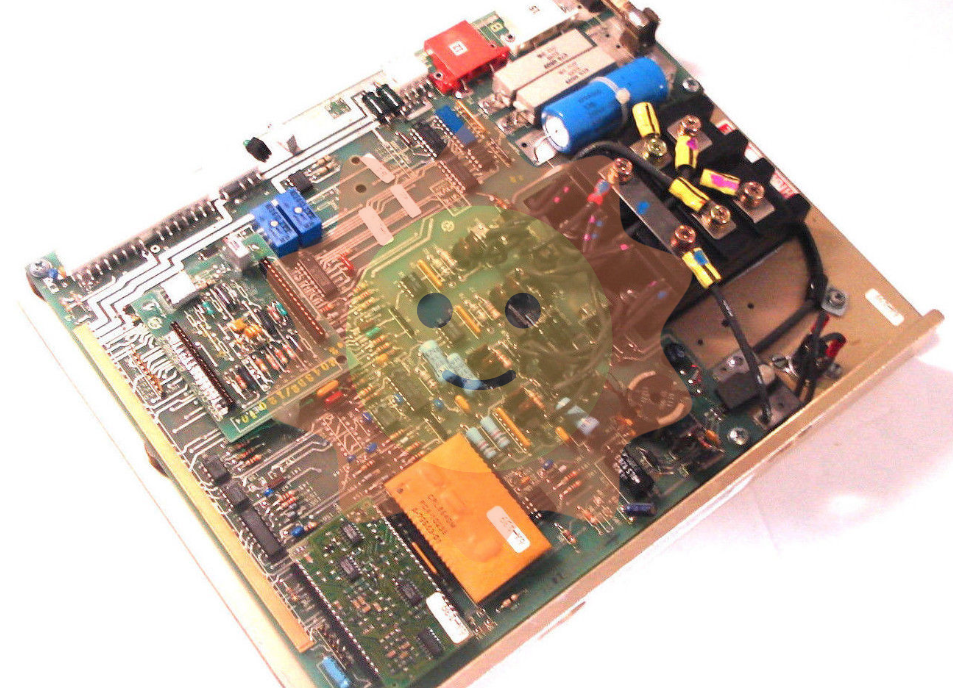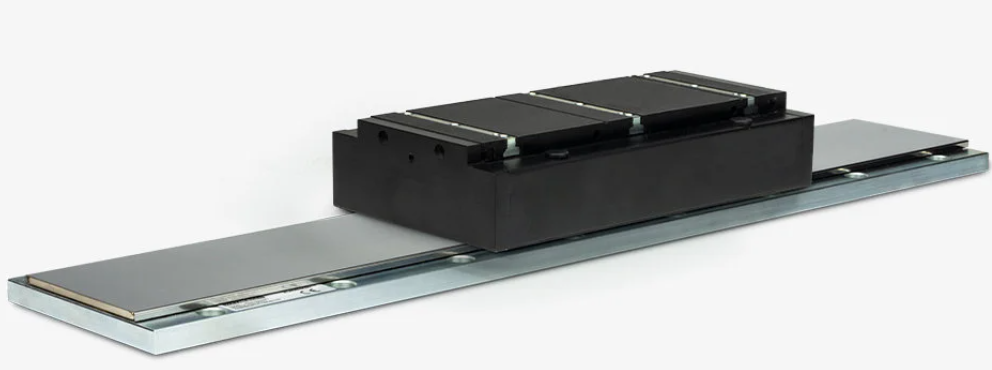Who is leading the way?
01 Global energy technology innovation trends
With the acceleration of global action against climate change, the current pattern of energy technology innovation is undergoing profound adjustment. This chapter will analyze the overall trend of global energy technology innovation from three perspectives: innovation input, innovation output and innovation strategy evolution.
▶ Innovation investment trend: The investment evolution presents four stages, and the investment is more inclined to renewable energy
Science and technology determine the future of energy, and science and technology create future energy. Energy technology innovation plays a decisive role in the global energy revolution and is the focus of scientific and technological innovation in various countries. From the perspective of the input evolution of global energy technology research, development and demonstration (RD&D) in the past 40 years, it can be generally divided into four stages:
One is the long-term downsizing phase. Government RD&D spending in IEA member countries continued to decline between 1980 and 2000, with total spending in 2000 amounting to $11.1 billion, only 47% of the 1980 level.
Second, the recovery stage. After entering the 21st century, with the prominence of global energy and environmental problems, major countries generally increased the relevant investment, and the total government investment budget of IEA member countries ushered in rapid growth from 2001 to 2009, which had risen sharply to $24.6 billion in 2009.
Third, the stage of economic crisis. In the context of the global economic crisis, the priority of energy research and development investment in government spending has been reduced, and major investment countries such as the United States, Japan and Brazil have cut relevant spending, resulting in a downward trend in the total global budget between 2010 and 2016.
Fourth, zero carbon target stage. The Paris Agreement was formally implemented at the end of 2016, and the long-term goal of achieving net zero emissions in the second half of this century put forward by the agreement has made the development of low-carbon energy technologies an urgent need for countries around the world, so IEA member countries have generally increased their RD&D budgets for energy technologies since 2017.

The focus of global energy technology research and development investment is also undergoing profound changes, among which, more attention to clean energy technology, clean energy technology development is more inclined to renewable energy field are two prominent trends.
On the one hand, the share of RD&D for fossil fuel technologies in IEA member countries rose until the 1990s, then began to decline, to just 7% in 2020, down 13% from 1990, reflecting the increased priority given to clean energy technologies in the global energy research and development system.
On the other hand, the research and development trend in the field of clean energy technology has changed from an extreme focus on nuclear energy to the direction of coordinated development of nuclear energy and renewable energy. From the data point of view, in 1974, the proportion of nuclear energy RD&D in IEA countries was as high as 75%, and the proportion of renewable energy RD&D was only 3%, and by 2020, the proportion of nuclear energy has been greatly reduced to 21%. The share of renewable energy will be increased to 20% (including hydrogen).
Although the R&D investment of energy technology has shown an upward trend in recent years, the status of energy innovation in the global innovation pattern is still not high, and there is a large room for improvement. From the perspective of the overall R&D structure of major countries in the world, the proportion of energy technology R&D investment in the total national R&D investment is low, taking 2020 as an example, the United States is 1.2%, China is 2.2%, France is 3.7%, and Germany is 1.4%. The industry distribution of venture capital also confirms that the importance of energy innovation still needs to be greatly improved. To illustrate the situation of venture capital in China and the United States in 2020, it can be found that the energy industry venture capital received by China and the United States in that year is 438 million US dollars and 1.98 billion US dollars, respectively. They accounted for only 0.7% and 1.6% of the total venture capital received in the two countries, respectively, while the IT industry accounted for 40% and 41% respectively in the same year.
▶ Innovation output trend: Renewable energy innovation output is growing rapidly, and photovoltaic is its main source
The increase of investment in energy technology innovation also makes new energy scientific and technological achievements continue to emerge, which is and will continue to change the world energy pattern.
In terms of the output of scientific research papers, the number of papers published in the field of clean energy increased rapidly between 2001 and 2020, from 400,000 to 1.6 million, with a compound annual growth rate (CAGR) of 13%, well ahead of the overall CAGR of 5%. Its share of global publications has also grown from 1% in 2001 to 5% in 2020. Further looking at the structure of paper output in the field of clean energy, it can be noted that the proportion of papers on renewable energy enabling technologies increased from 5% in 2001 to 11% in 2020, while the proportion of papers on nuclear energy research decreased significantly from 8% in 2001 to 1% in 2020, reflecting the increasing tendency of paper output toward renewable energy. This feature is consistent with investment trends in the clean energy sector.
In terms of patent output, the performance of renewable energy technologies is also bright, and the number of EPO patents filed in this field has maintained a rapid growth between 2009 and 2021, reaching 948,385 in 2021, which is a four-fold increase from 2009. Among them, the innovation output of photovoltaic power generation technology has increased most significantly, the number of EPO patents has increased by 309,000 in 12 years, and the proportion of the total number of patents in the field of renewable energy has jumped from 30.4% in 2009 to 40% in 2021.
▶ Innovation strategy evolution trend: renewable energy technology is becoming the innovation focus of energy science and technology
Major countries in the world generally regard scientific and technological innovation as an important breakthrough to promote energy transformation, and in recent years, they have actively formulated various policies and measures to seize the commanding heights of development:
Since 2014, the United States has issued policies such as the Comprehensive Energy Strategy and the America First Energy Plan, establishing "science and energy" as the first strategic theme, and emphasizing the active development of advanced energy technologies such as new generation nuclear energy, shale oil and gas, and renewable energy.

In 2011, the European Union formulated the Energy Technology Roadmap 2050, highlighting the dominant position of renewable energy in energy supply and outlining the development path of a variety of renewable energy sources. In 2019, the European Green Deal took the lead in establishing a carbon-neutral economy, upgraded the Strategic Energy Technology Plan (SET-Plan), and launched the Research, Technology Development and Demonstration Framework Program.
Japan's Energy Innovation Strategy and Energy and Environment Technology Innovation Strategy, which were issued in 2016, set out technological innovation strategies for 2030 and 2050, respectively. In the fifth Basic Energy Plan released in 2018, the medium - and long-term energy development plan for energy transformation and decarbonization strategy was proposed. Later, in the "Innovative Environmental Technology Innovation Strategy" issued in 2020, it stressed the need to focus on the development of key technologies in the energy sector.
In 2016, China issued the "Action Plan for Energy Technology Revolution and Innovation (2016-2030)", in which 15 energy technology fields, including efficient solar energy utilization technology, large-scale wind power technology, hydrogen energy and fuel cell technology, were listed as key tasks. Then in April this year, the "14th Five-Year Plan" for Scientific and Technological Innovation in the Field of Energy was issued, emphasizing the need to focus on the development of five major technical categories, including advanced renewable energy power generation and comprehensive utilization technology.
From the evolution process of the above-mentioned energy science and technology strategies of major global economies, it can be found that accelerating the optimization of power structure and promoting energy transformation are the main goals of energy science and technology strategies of various countries, and to this end, the development of clean energy technology, especially renewable energy technology as the core of energy innovation layout is becoming a consensus of all countries.
02 Global innovation trends in key areas of energy technology
Under the green and low-carbon goal, the innovation level of renewable energy technology continues to improve, and photovoltaic technology, hydrogen energy technology, and offshore wind energy technology are the most active technological innovation fields. This chapter will focus on the analysis of these three technological innovation trends.
▶ Solar photovoltaic technology: PERC battery architecture is the current mainstream, TOPCon, HJT architecture or become the next generation of technology
Solar photovoltaic (PV) is an electronic device that directly converts sunlight into electricity, and the photovoltaic technology with a global capacity of gigawatts mainly includes crystalline silicon (c-Si) technology and thin film solar technology based on copper indium gallium selenium (CIGS) and cadmium telluride (CdTe). Among them, crystalline silicon technology has dominated the global photovoltaic module market from 2010 to 2020, accounting for the proportion of global total output has been maintained at more than 90% for a long time, the most mature and widely used, its value chain from top to bottom includes crystalline silicon production, crystalline silicon processing ingot, silicon wafer production, solar cell production and photovoltaic module production five parts.
From the historical evolution of the production specifications of photovoltaic products, the production process has been iteratively optimized, among which, the manufacturing shape and thickness of silicon wafers have gradually changed from cylindrical and thick size to semi-square and thin size, and the mainstream size of battery cells has been increased from 106mm in 1980 to 166mm in 2020. The size of the components, the power and the number of batteries held also show an increasing trend.
From the perspective of the most core battery technology development route of photovoltaic, the continuous pursuit of photoelectric conversion efficiency improvement is the most prominent trend. There are two major technical directions of P-type battery and N-type battery in crystalline silicon cells, among which P-type battery technology includes aluminum back-field battery architecture (Al-BSF), emitter passivation and back-contact architecture (PERC). The N-type battery mainly includes the technical direction including tunneling oxide passivation contact (TOPCon), heterojunction with intrinsic amorphous layer (HJT), interfinger back contact (IBC) and other architectures.
Looking back at the technological evolution of crystalline silicon cells, on the one hand, P-type battery technology has been the mainstream direction for a long time, and Al-BSF architecture dominated the global solar cell market from 2010 to 2019, but later, due to the significant improvement of the production process of PERC architecture and greatly improved the photoelectric conversion efficiency of 1%-1.5%. The Al-BSF architecture has established a huge conversion efficiency advantage over the Al-BSF architecture, which has replaced the Al-BSF architecture to become the new mainstream of the global market from 2020. On the other hand, N-type battery technology currently has the disadvantage of high production cost, which leads to large-scale production, but compared with P-type battery technology, it has the advantages of high conversion efficiency, high double-sided rate, low temperature coefficient, no light decay, low light effect, etc., and the upper limit of technical development is higher (the upper limit of photoelectric conversion efficiency of P-type battery technology is 24%). N-type battery technology has a conversion efficiency ceiling of 28%) and is expected to become the next generation of solar cell technology in the future.

▶ Green hydrogen energy technology: PEM technology is gradually replacing ALK technology to become the mainstream, SOEC technology is expected to subvert the existing technology landscape in the future
Hydrogen energy technology involves three aspects: hydrogen preparation, storage and transportation, of which hydrogen preparation has always been the core concern of global hydrogen energy technology. According to the order of carbon emissions generated in the process of hydrogen preparation, industrial hydrogen can be divided into gray hydrogen, blue hydrogen, green hydrogen three categories, in the context of the global zero carbon goal, to promote the innovation of renewable energy electrolytic water hydrogen production technology has become an important strategic initiative for countries around the world to seize the high point of energy technology.
The importance of the research and development of renewable energy electrolytic water hydrogen production technology has also driven the continuous update and iteration of related technologies. At present, there are four mainstream technology routes for hydrogen production from renewable energy electrolytic water: alkaline water electrolysis cell (ALK), proton exchange membrane water electrolysis cell (PEM), anion exchange membrane electrolysis cell (AEM), and solid oxide water electrolysis cell (SOEC), among which ALK and PEM technologies are relatively mature and have begun commercial application. SOEC technology is currently in the demonstration stage, while AEM technology is still in the small prototype test stage. Judging from the production situation of the world's major renewable energy electrolytic water hydrogen production equipment suppliers, technological innovation shows three major trends:
First, ALK technology is still dominant. ALK technology has a significant equipment cost advantage compared to other hydrogen production technologies, and in 2020, this indicator is only half of PEM technology, so it is now widely used, and the proportion of ALK technology in 30 leading enterprises in the world is as high as 53%.
Second, PEM technology is gradually becoming the mainstream direction. The application of PEM technology in the world's leading enterprises has increased to 47%, which can be mainly attributed to the flexibility and responsiveness of PEM technology in operation compared with ALK technology, which is very suitable for use in large cities and industrial parks with limited land, and can bring higher overall economic benefits.
Third, the rapid development of disruptive technologies such as SOEC. Although SOEC technology is still in the demonstration stage, because the technology has the advantages of high energy conversion efficiency and does not require the use of precious metal catalysts, it can significantly improve production efficiency while significantly reducing production costs. At present, four of the world's leading enterprises have begun to apply this technology, and with the continuous increase in research and development investment in hydrogen technology, This technology is expected to solve the problem of significantly reduced material life under high temperature and high humidity conditions, and become the next generation of mainstream green hydrogen technology.
- EMERSON
- Honeywell
- CTI
- Rolls-Royce
- General Electric
- Woodward
- Yaskawa
- xYCOM
- Motorola
- Siemens
- Rockwell
- ABB
- B&R
- HIMA
- Construction site
- electricity
- Automobile market
- PLC
- DCS
- Motor drivers
- VSD
- Implications
- cement
- CO2
- CEM
- methane
- Artificial intelligence
- Titanic
- Solar energy
- Hydrogen fuel cell
- Hydrogen and fuel cells
- Hydrogen and oxygen fuel cells
- tyre
- Chemical fiber
- dynamo
- corpuscle
- Pulp and paper
- printing
- fossil
- FANUC
- Food and beverage
- Life science
- Sewage treatment
- Personal care
- electricity
- boats
- infrastructure
- Automobile industry
- metallurgy
- Nuclear power generation
- Geothermal power generation
- Water and wastewater
- Infrastructure construction
- Mine hazard
- steel
- papermaking
- Natural gas industry
- Infrastructure construction
- Power and energy
- Rubber and plastic
- Renewable energy
- pharmacy
- mining
- Plastic industry
- Schneider
- Kongsberg
- NI
- Wind energy
- International petroleum
- International new energy network
- gas
- WATLOW
- ProSoft
- SEW
- wind
- ADVANCED
- Reliance
- YOKOGAWA
- TRICONEX
- FOXBORO
- METSO
- MAN
- Advantest
- ADVANCED
- ALSTOM
- Control Wave
- AB
- AMAT
- STUDER
- KONGSBERG
- MOTOROLA
- DANAHER MOTION
- Bently
- Galil
- EATON
- MOLEX
- Triconex
- DEIF
- B&W
- ZYGO
- Aerotech
- DANFOSS
- KOLLMORGEN
- Beijer
- Endress+Hauser
- MOOG


Email:wang@kongjiangauto.com

